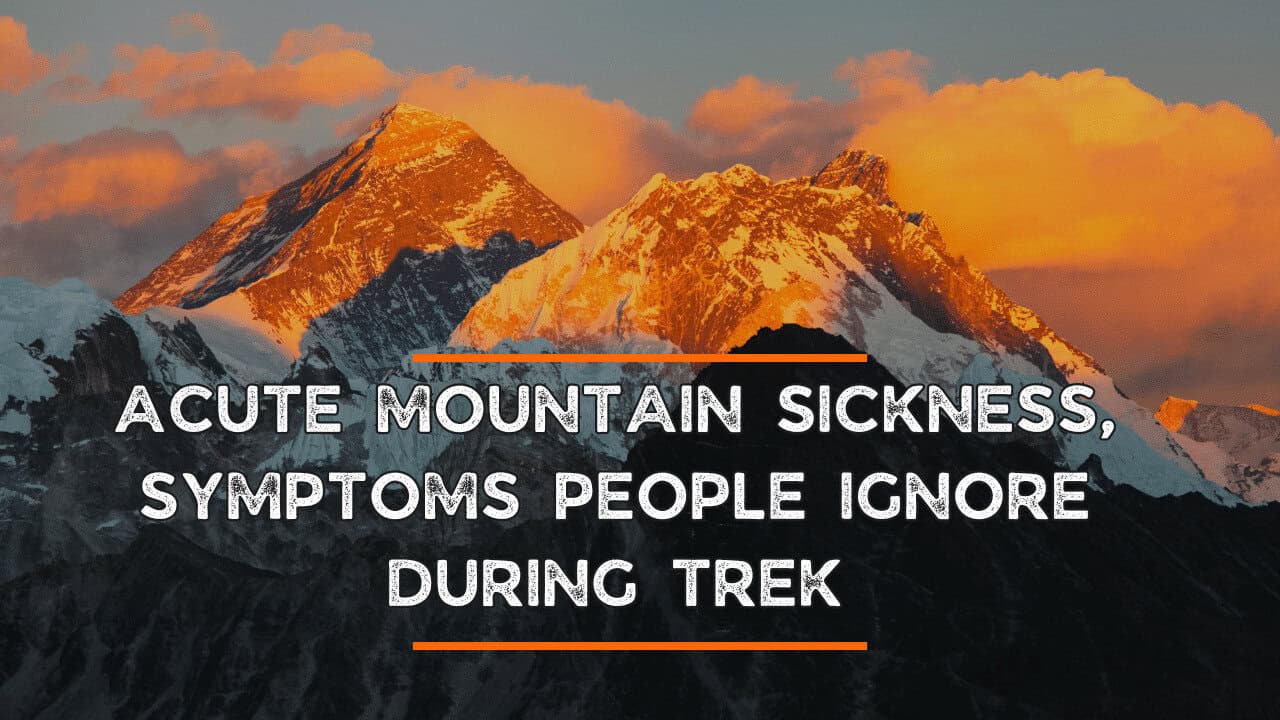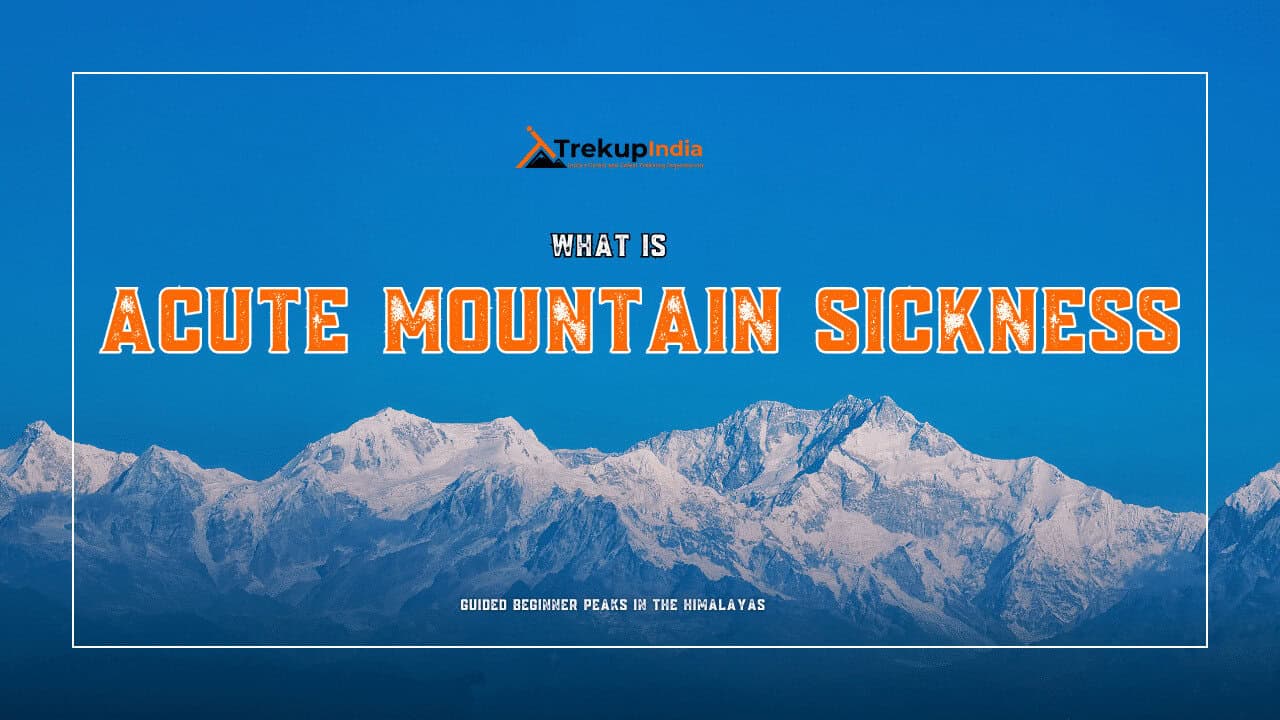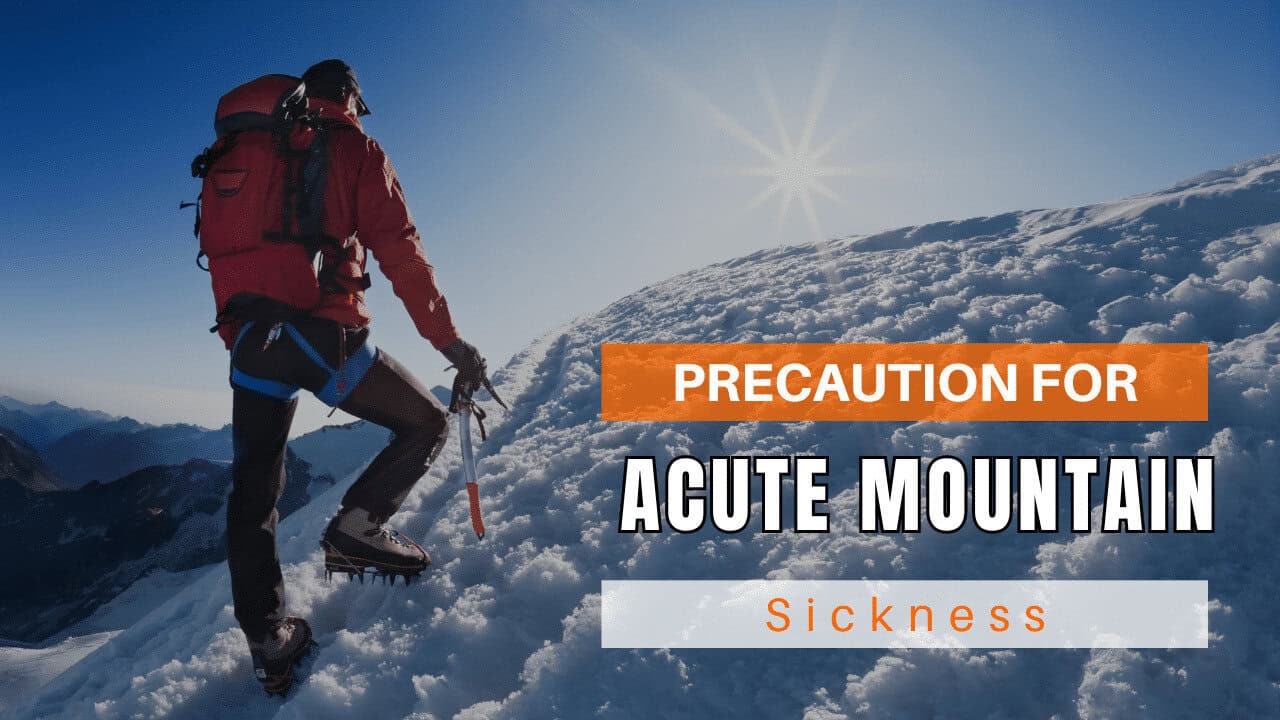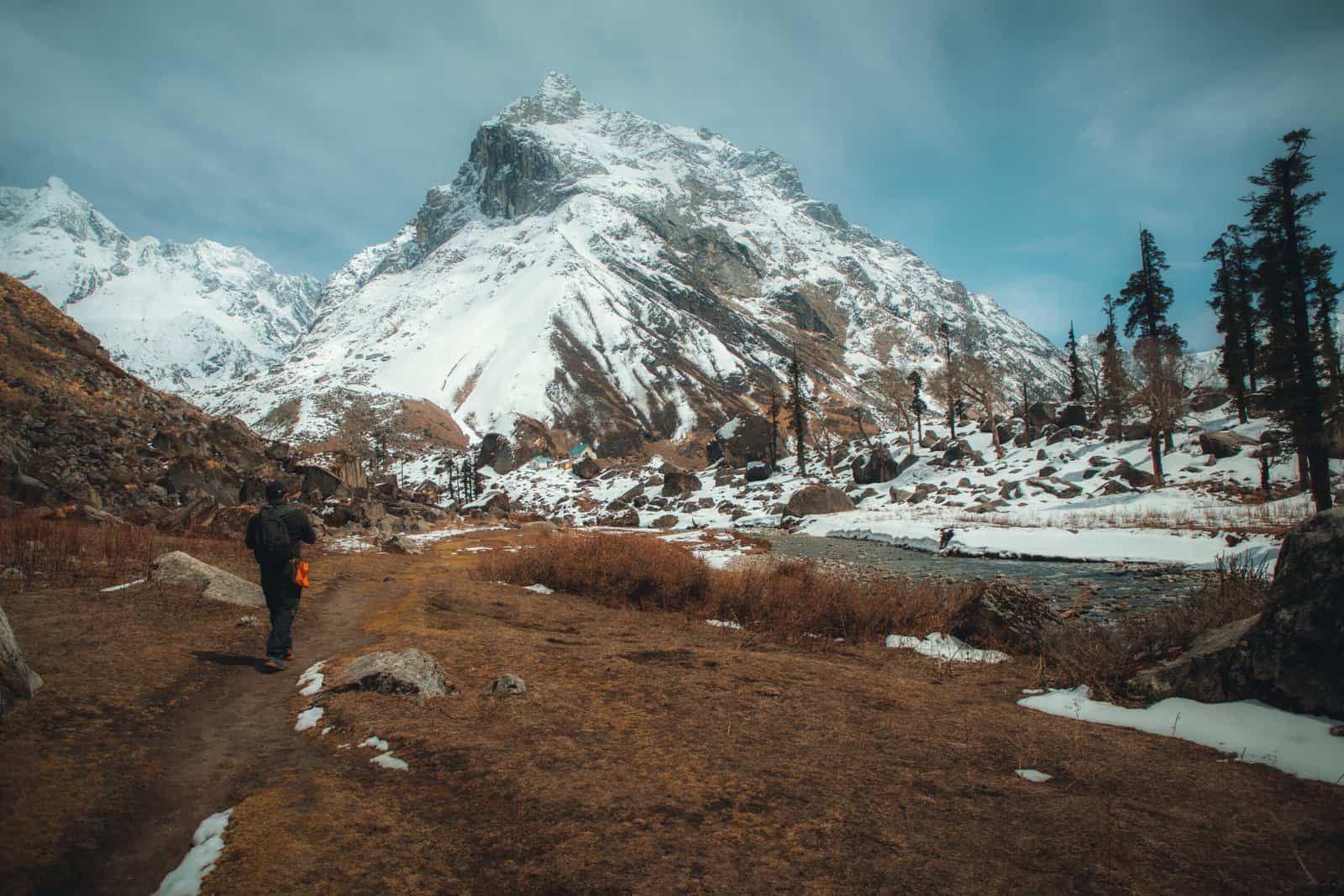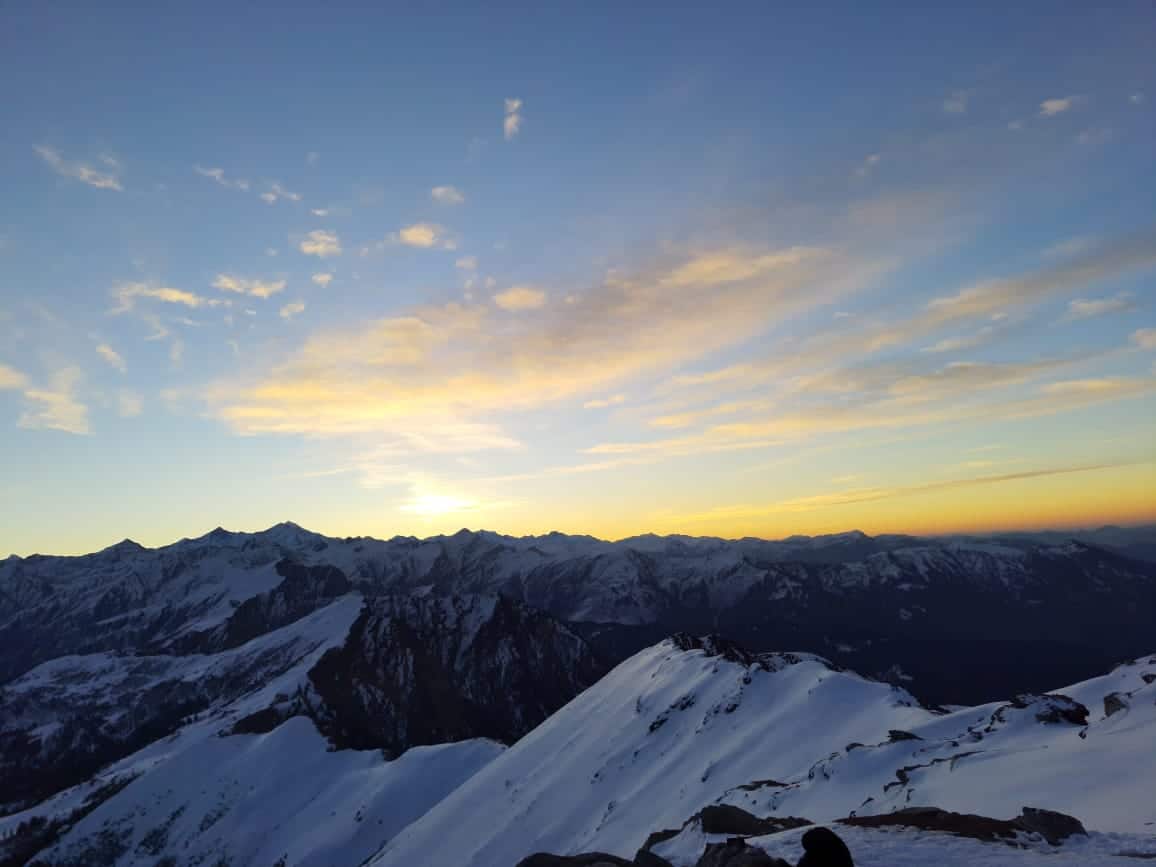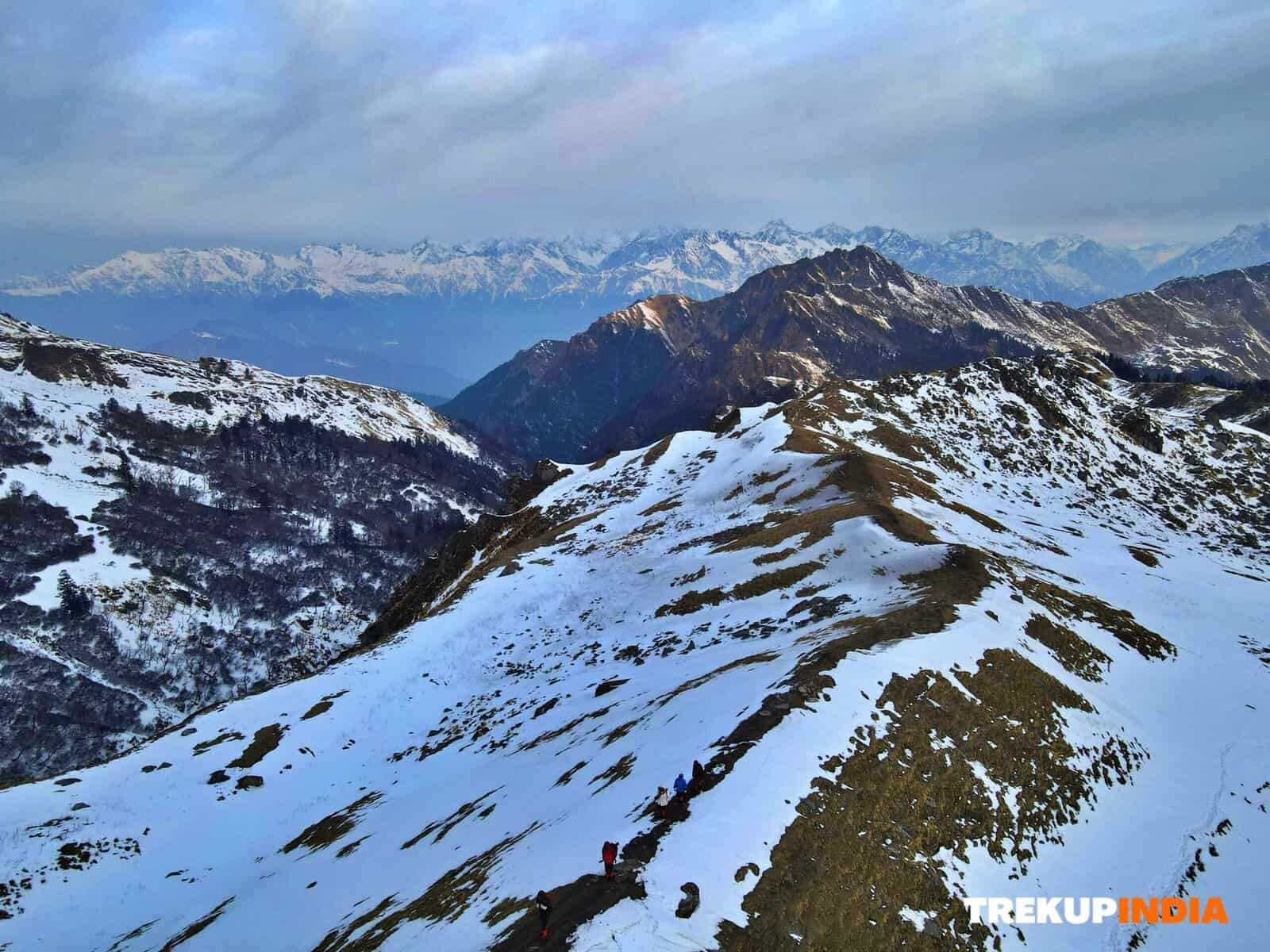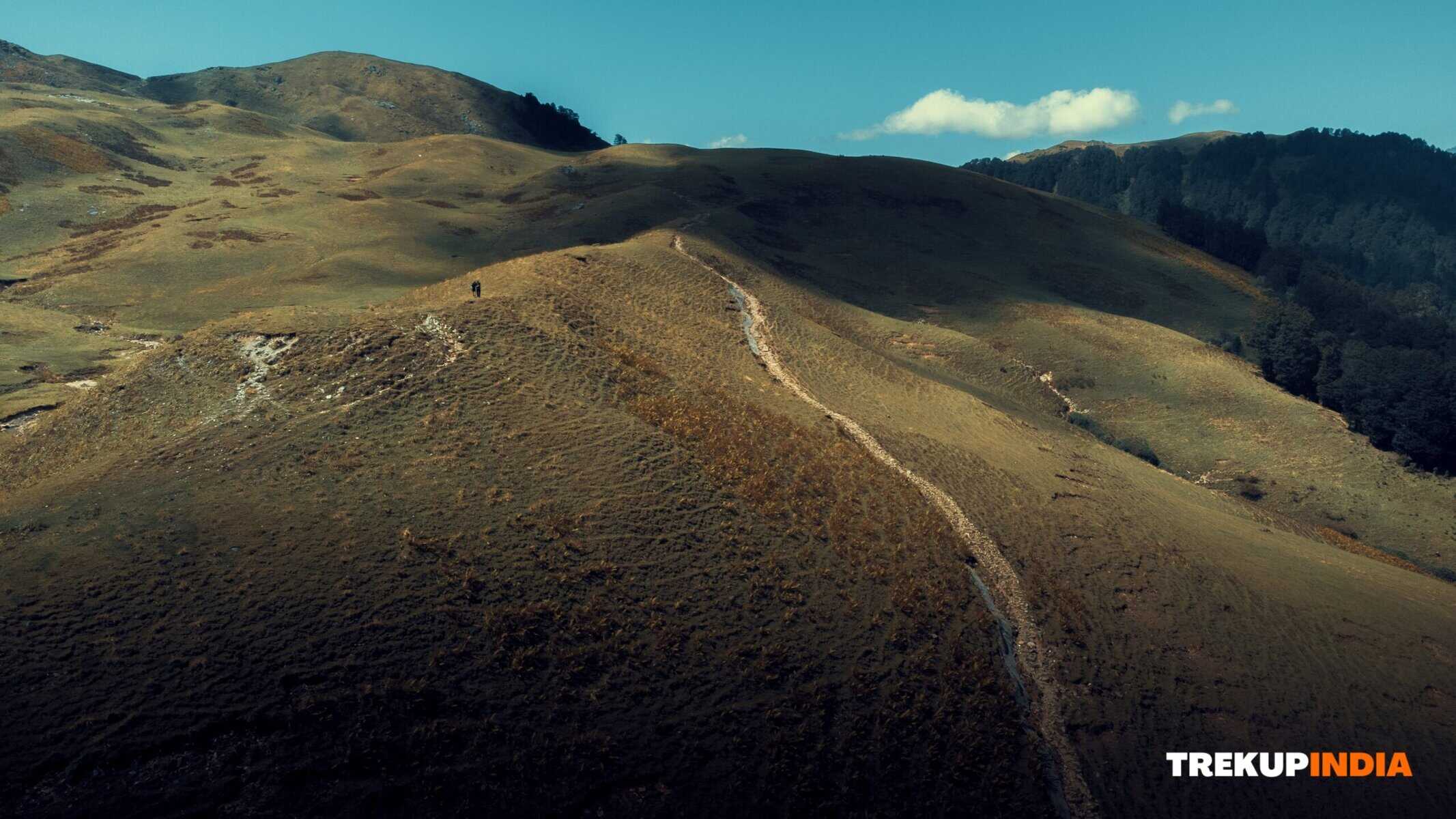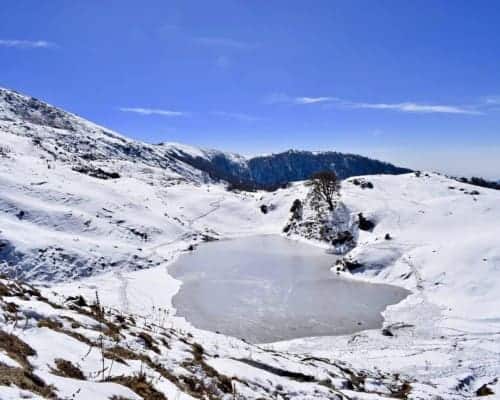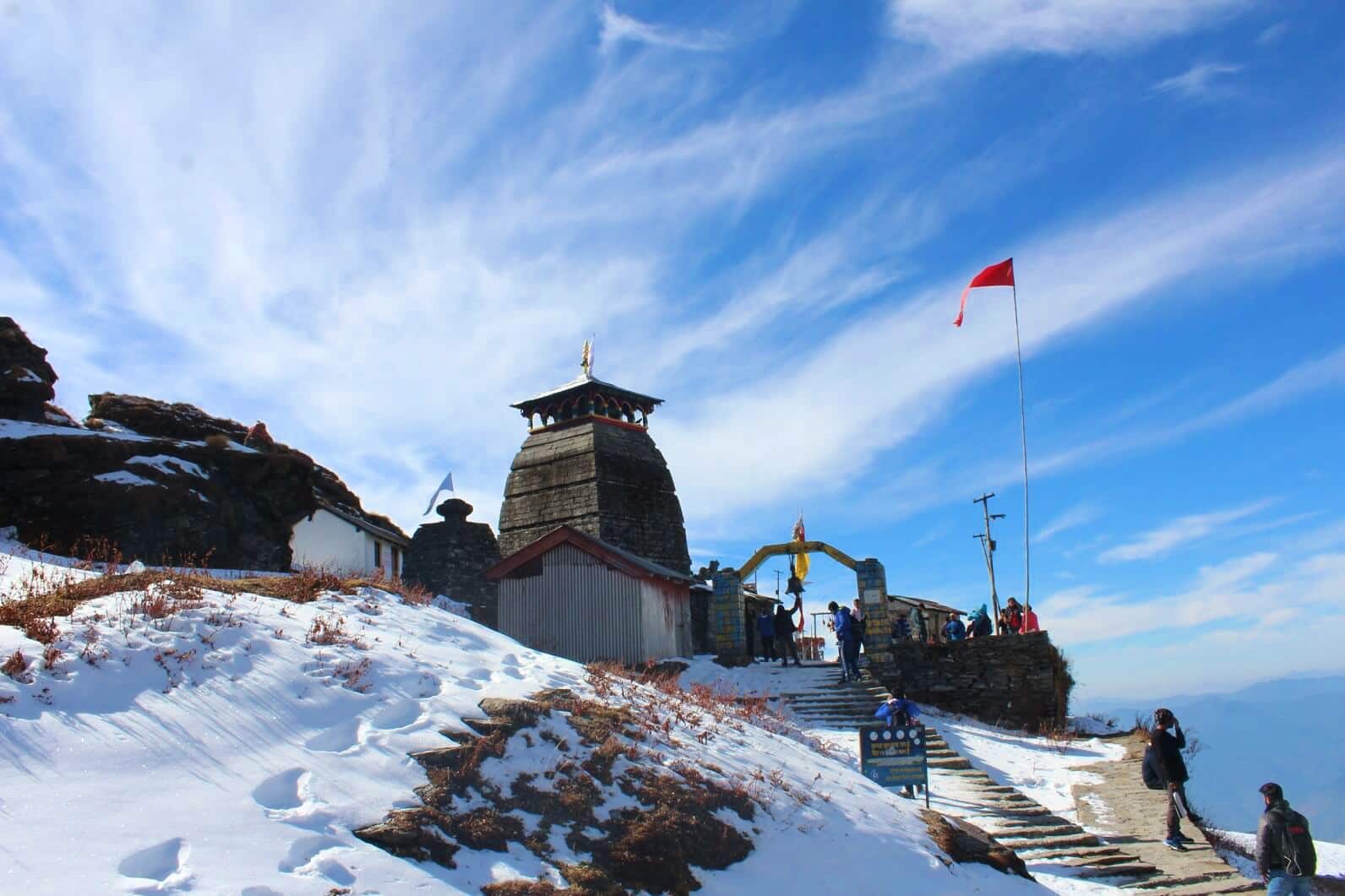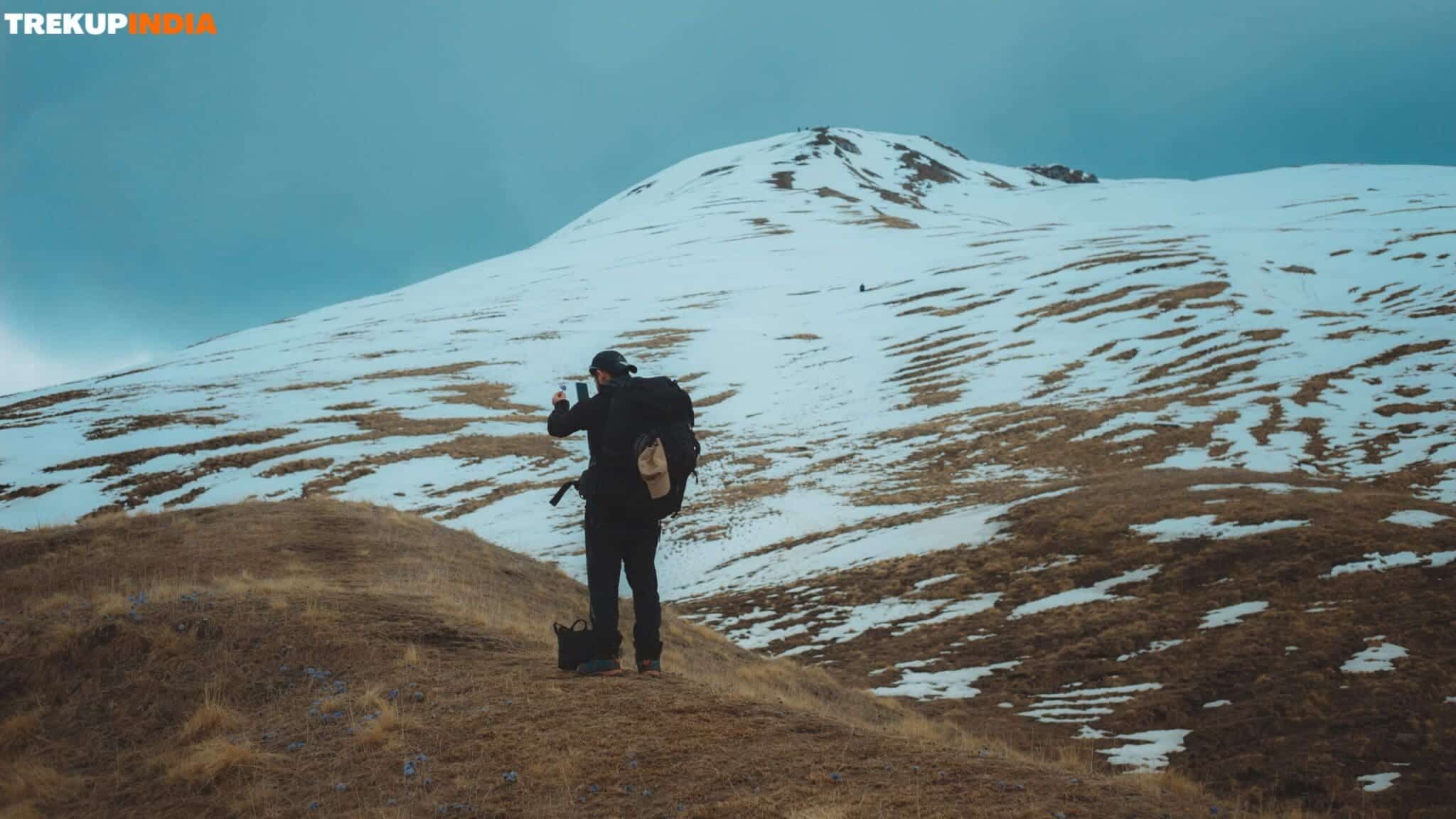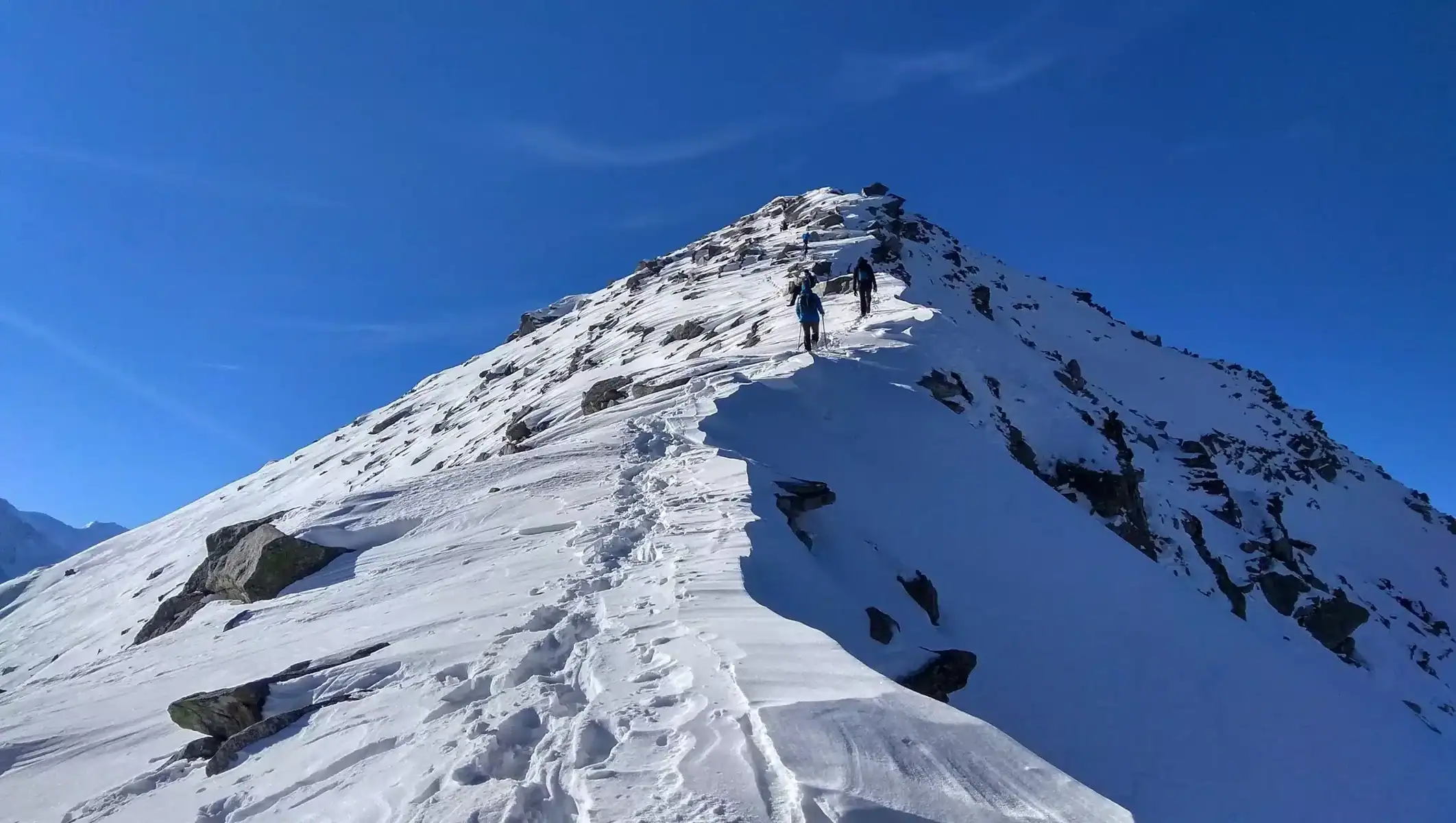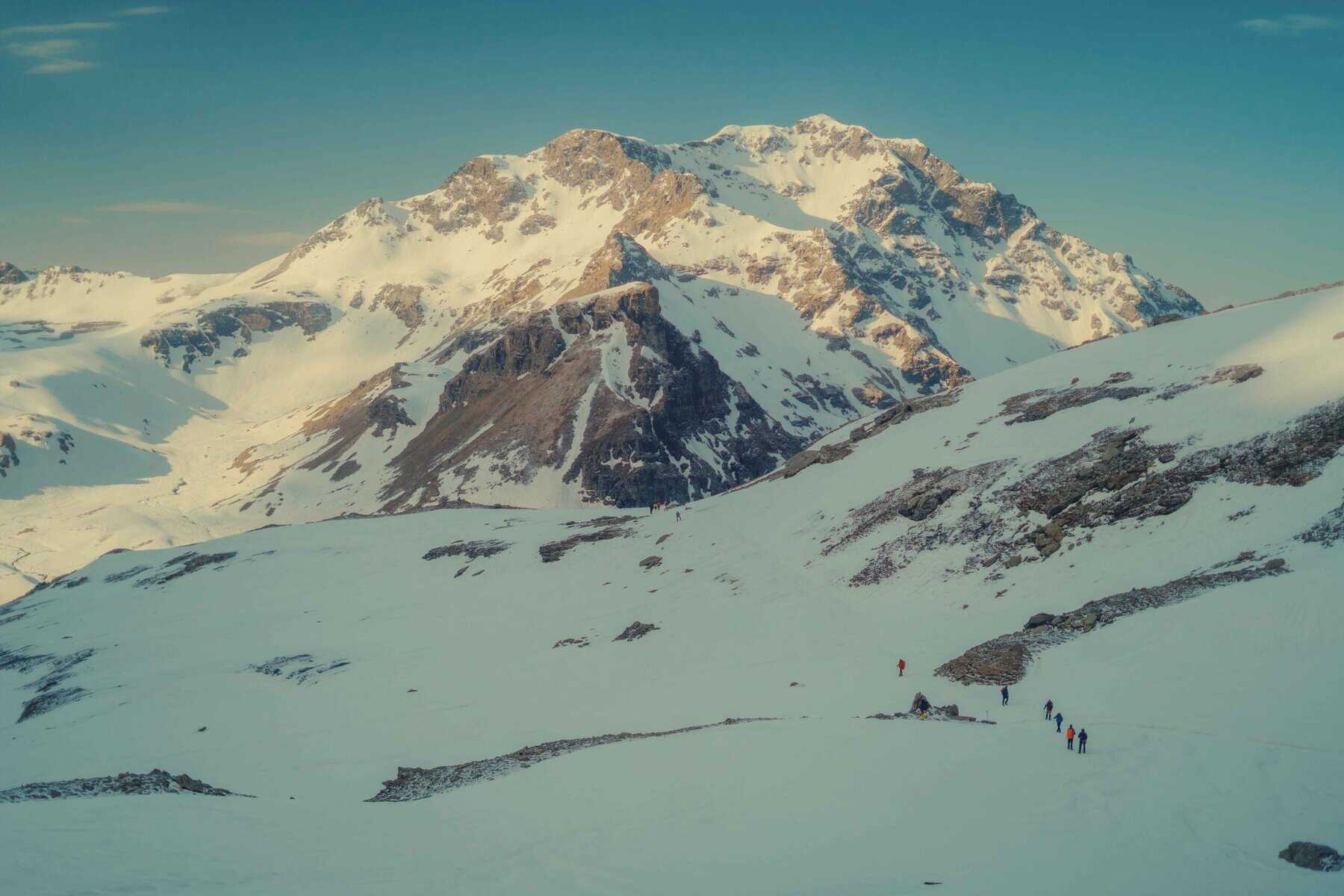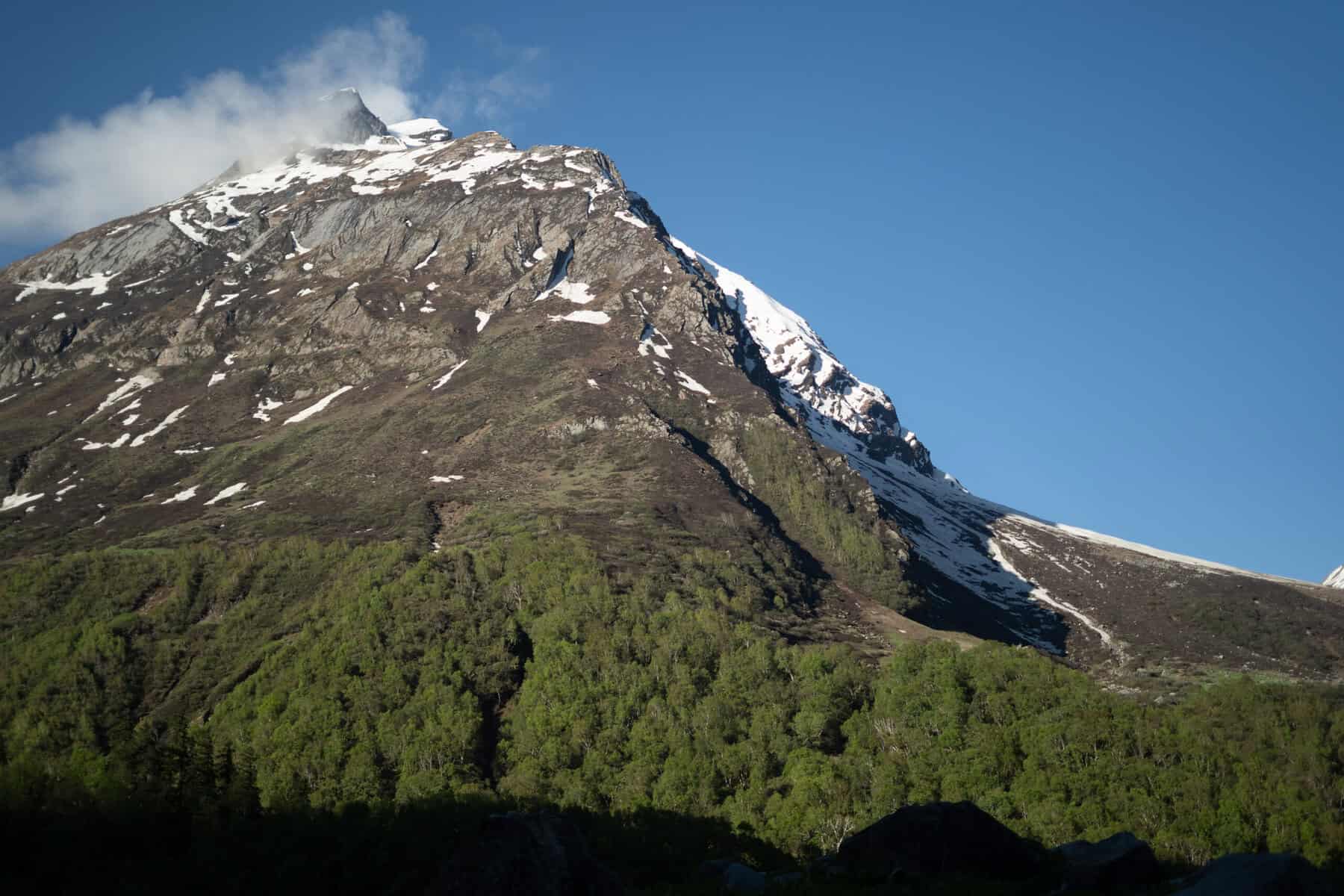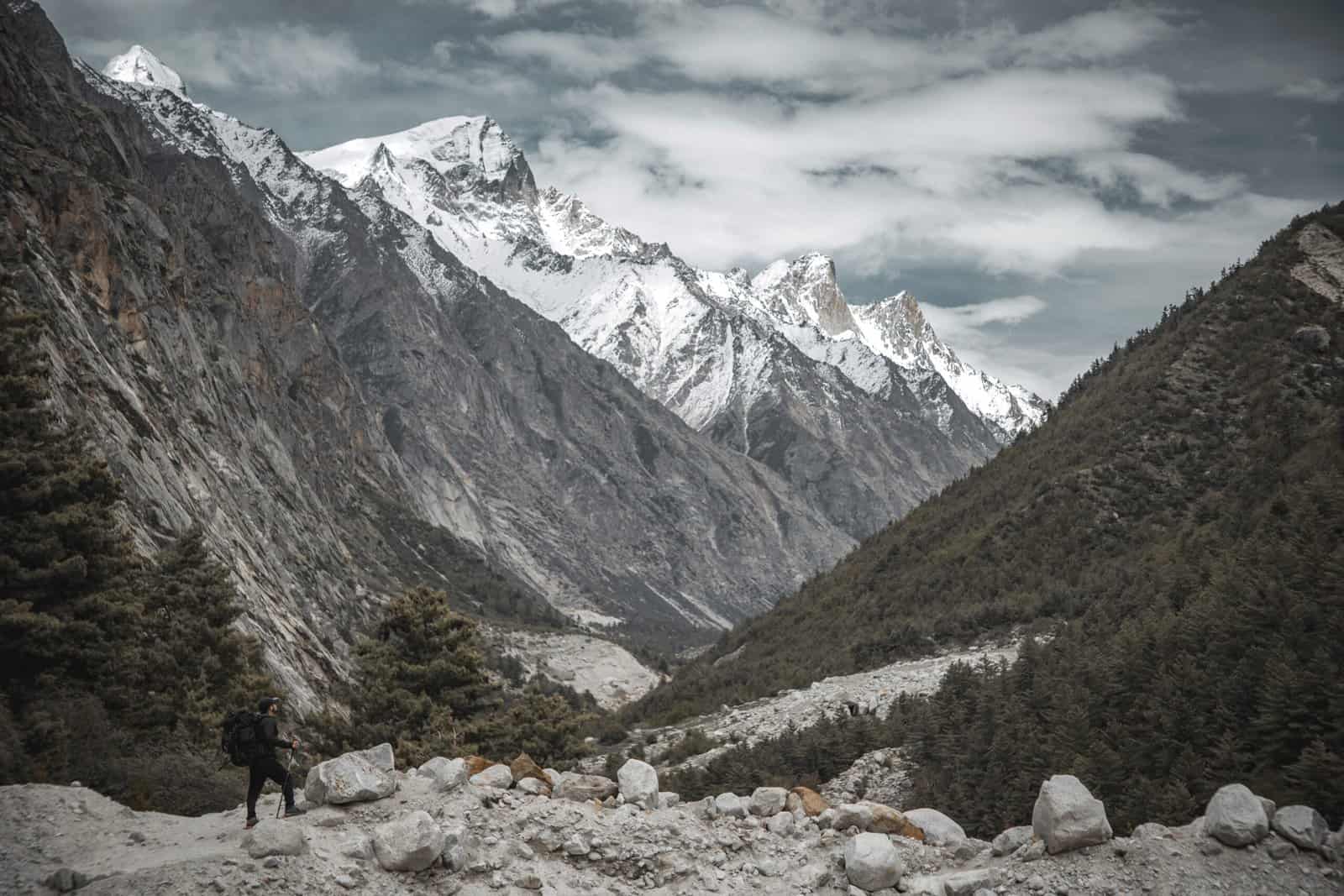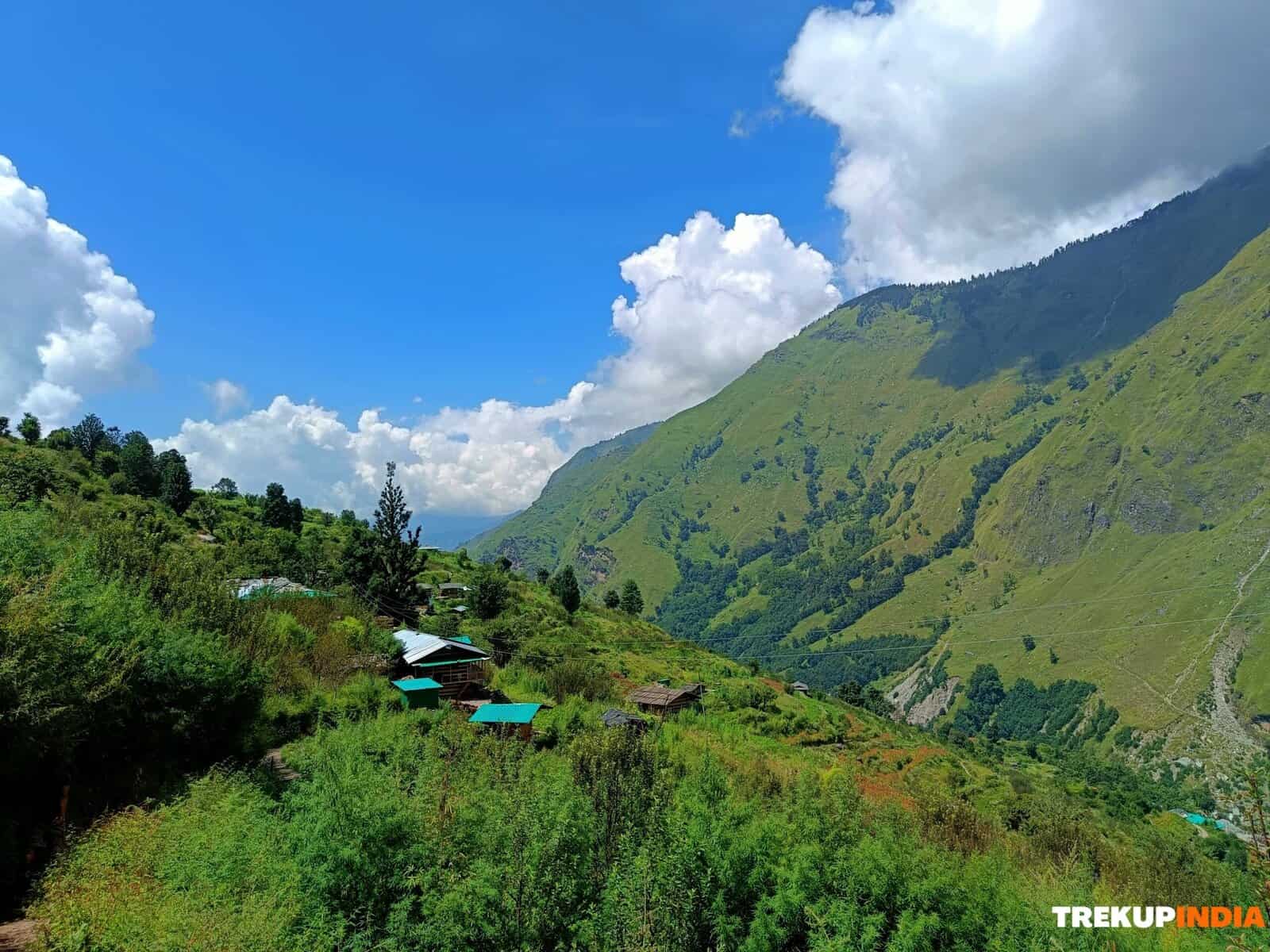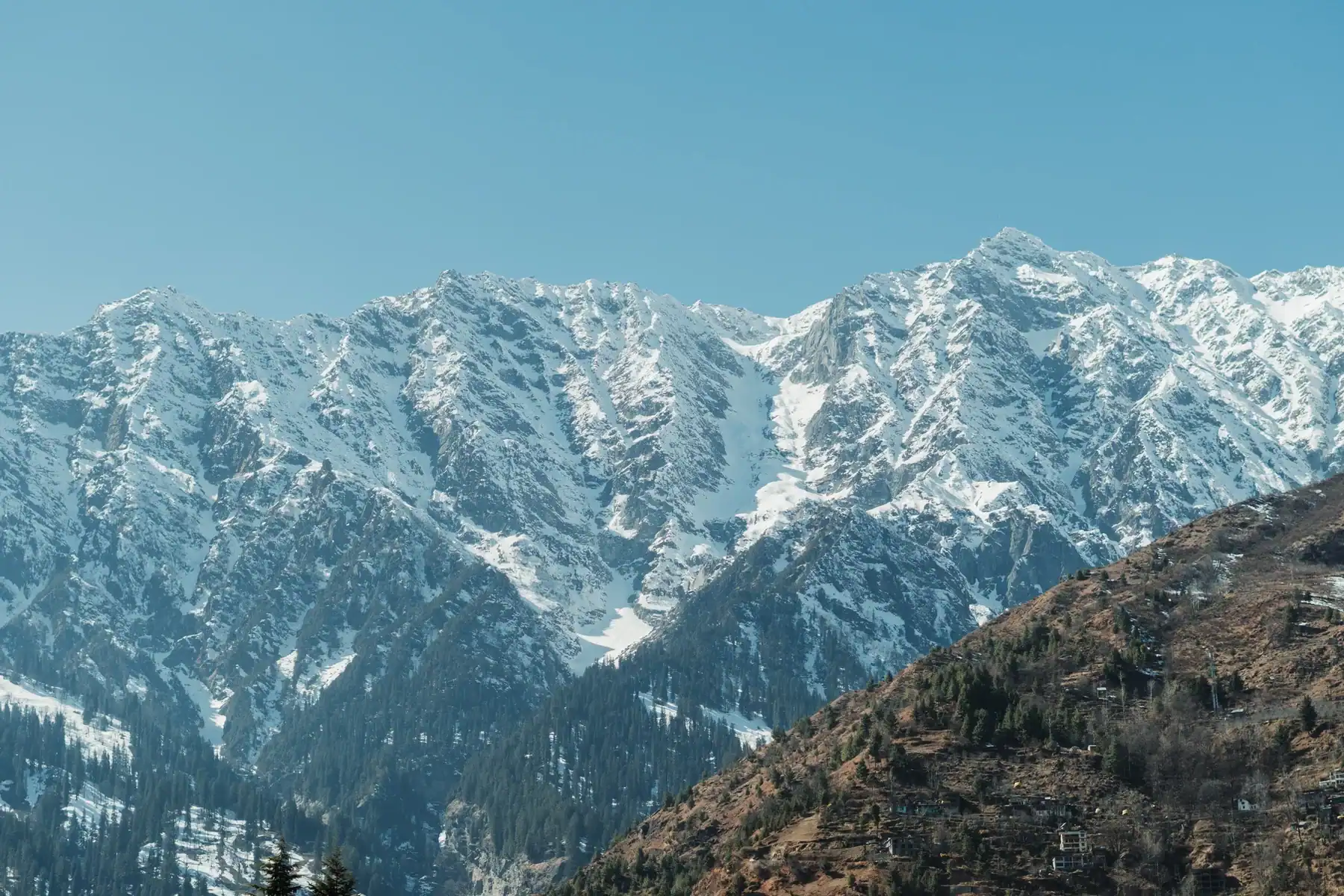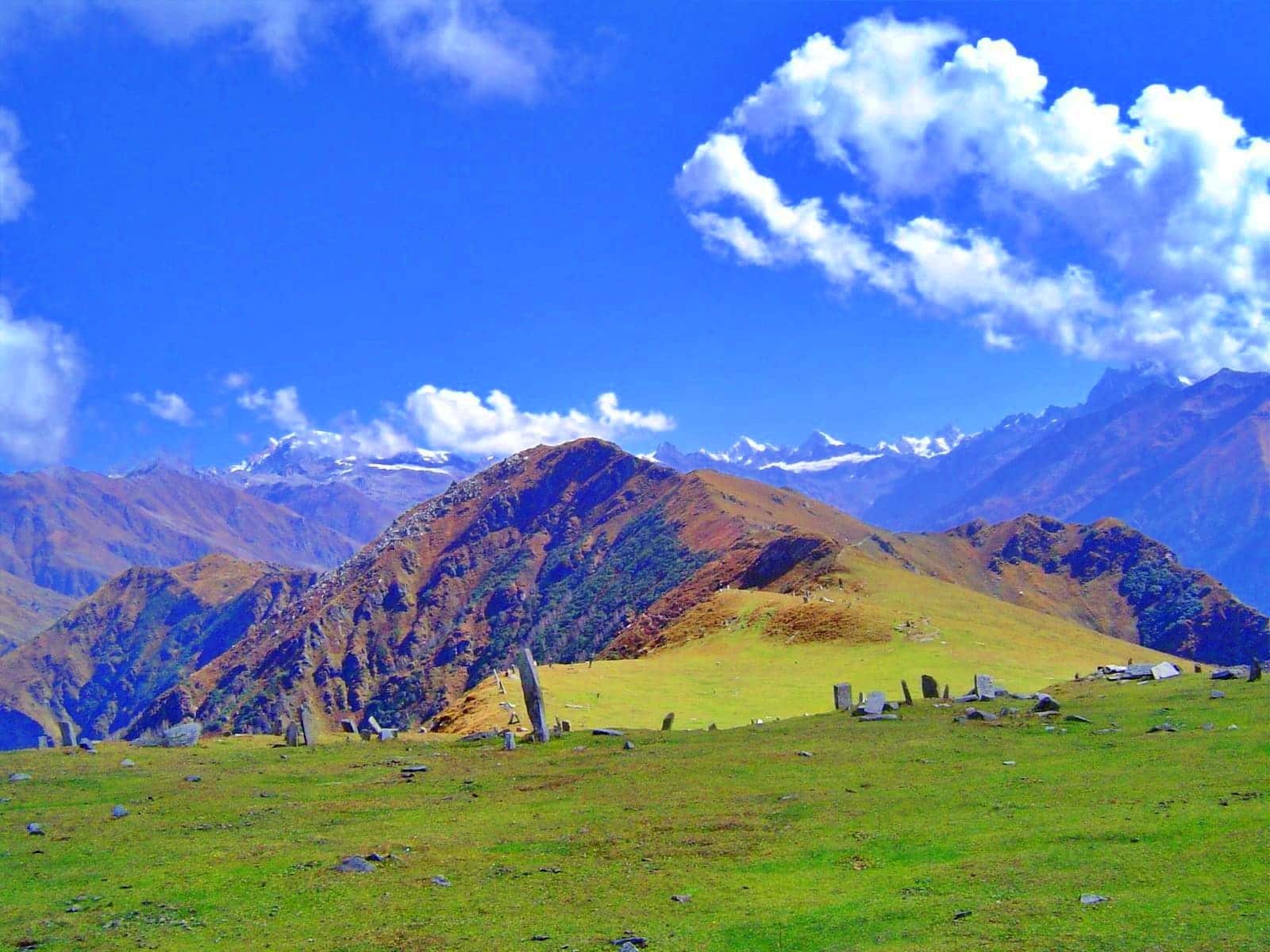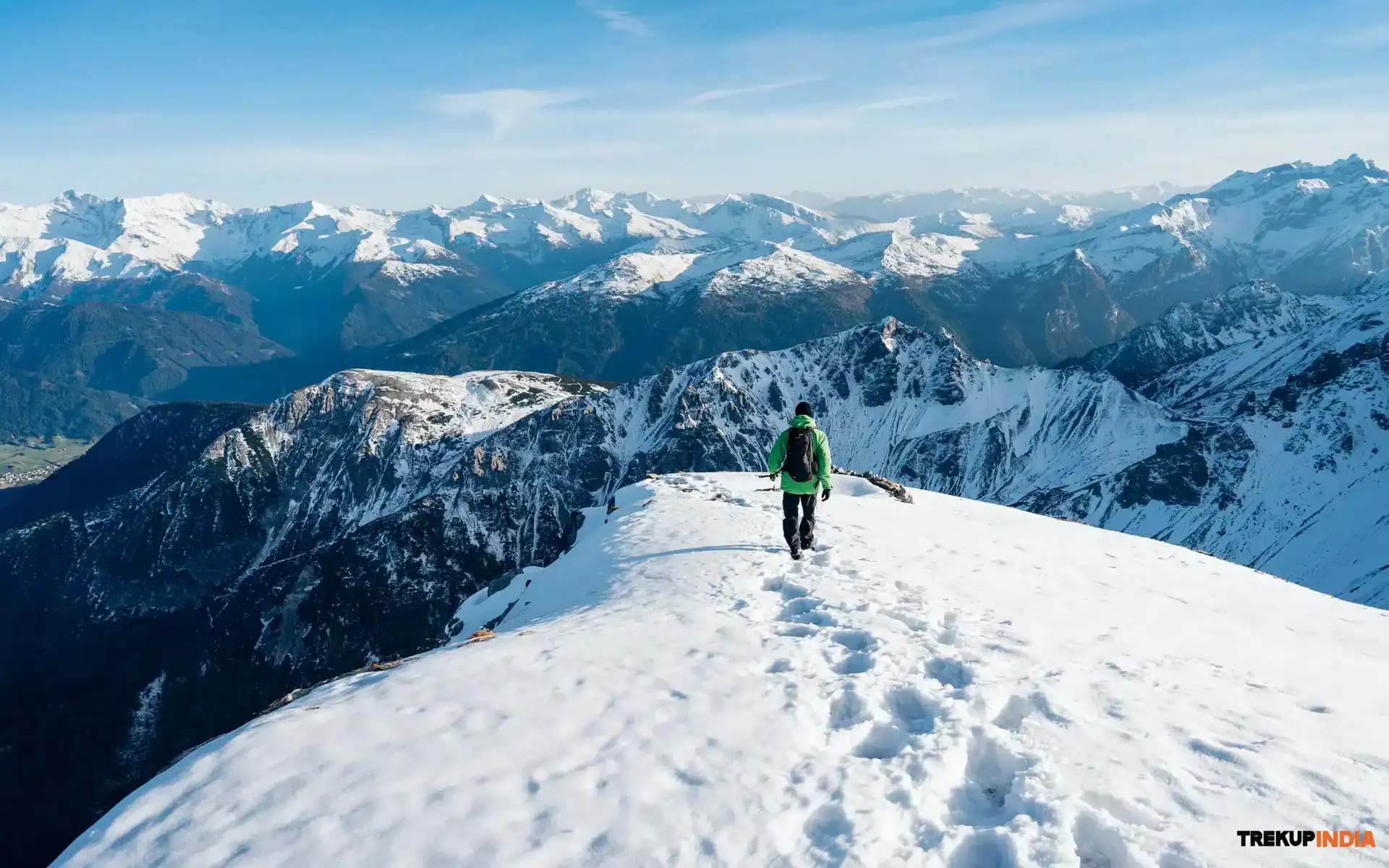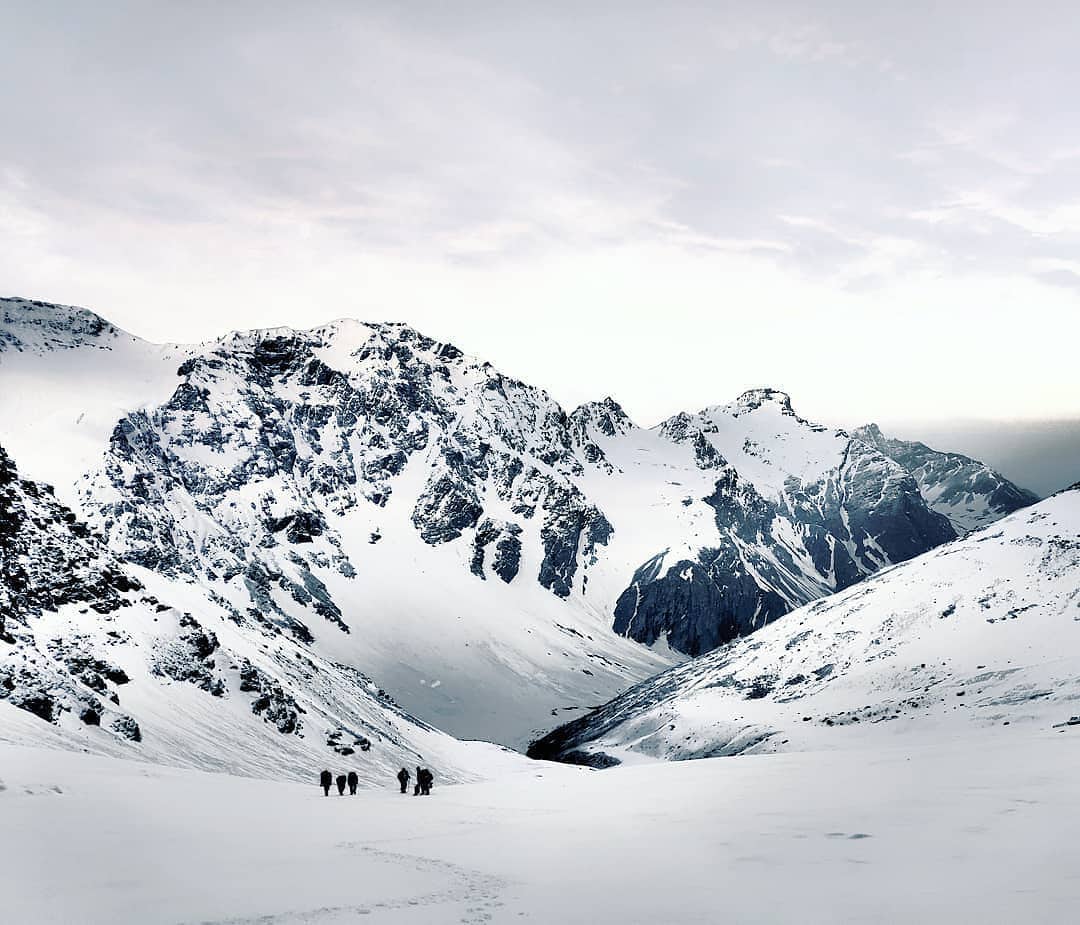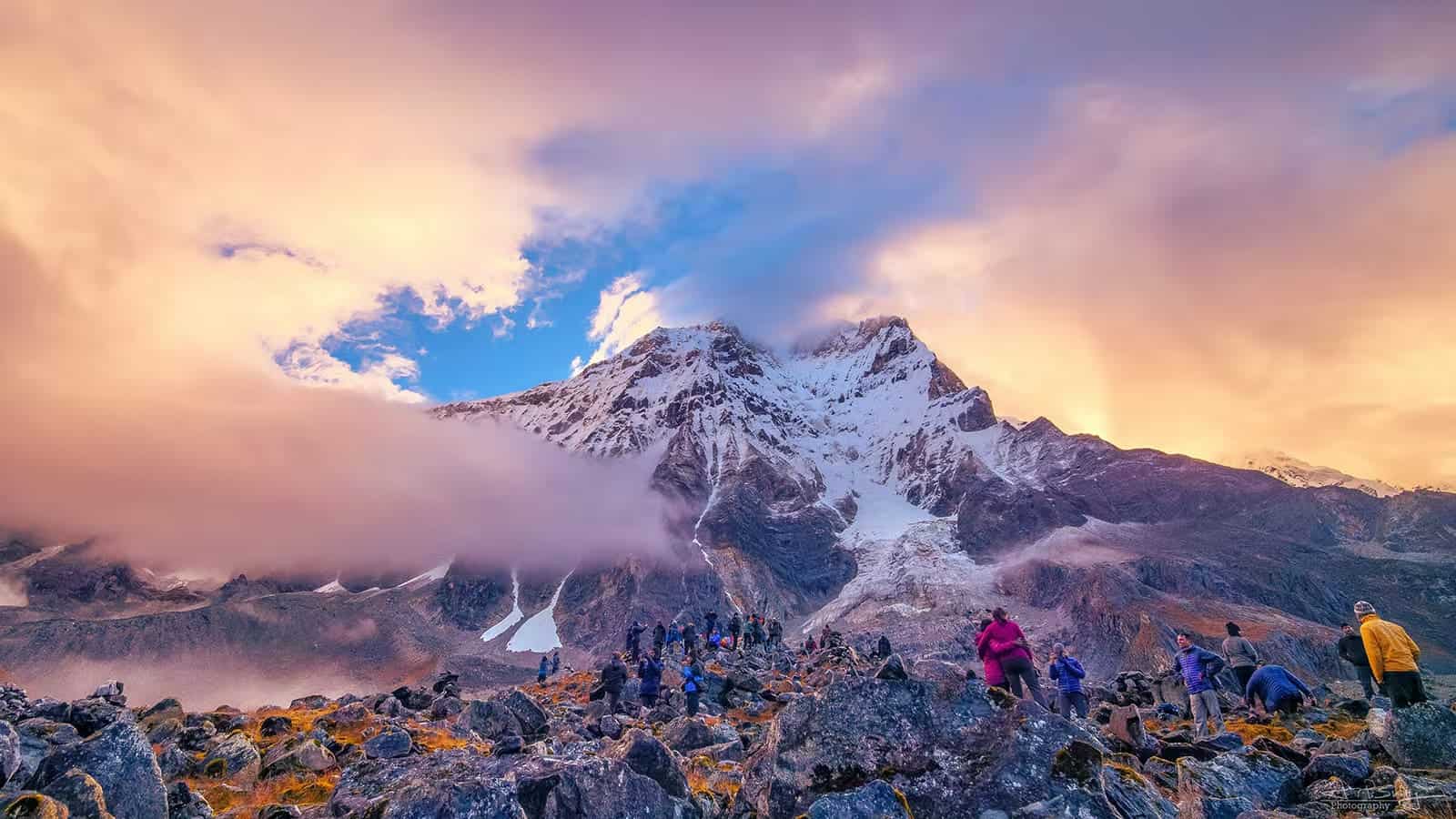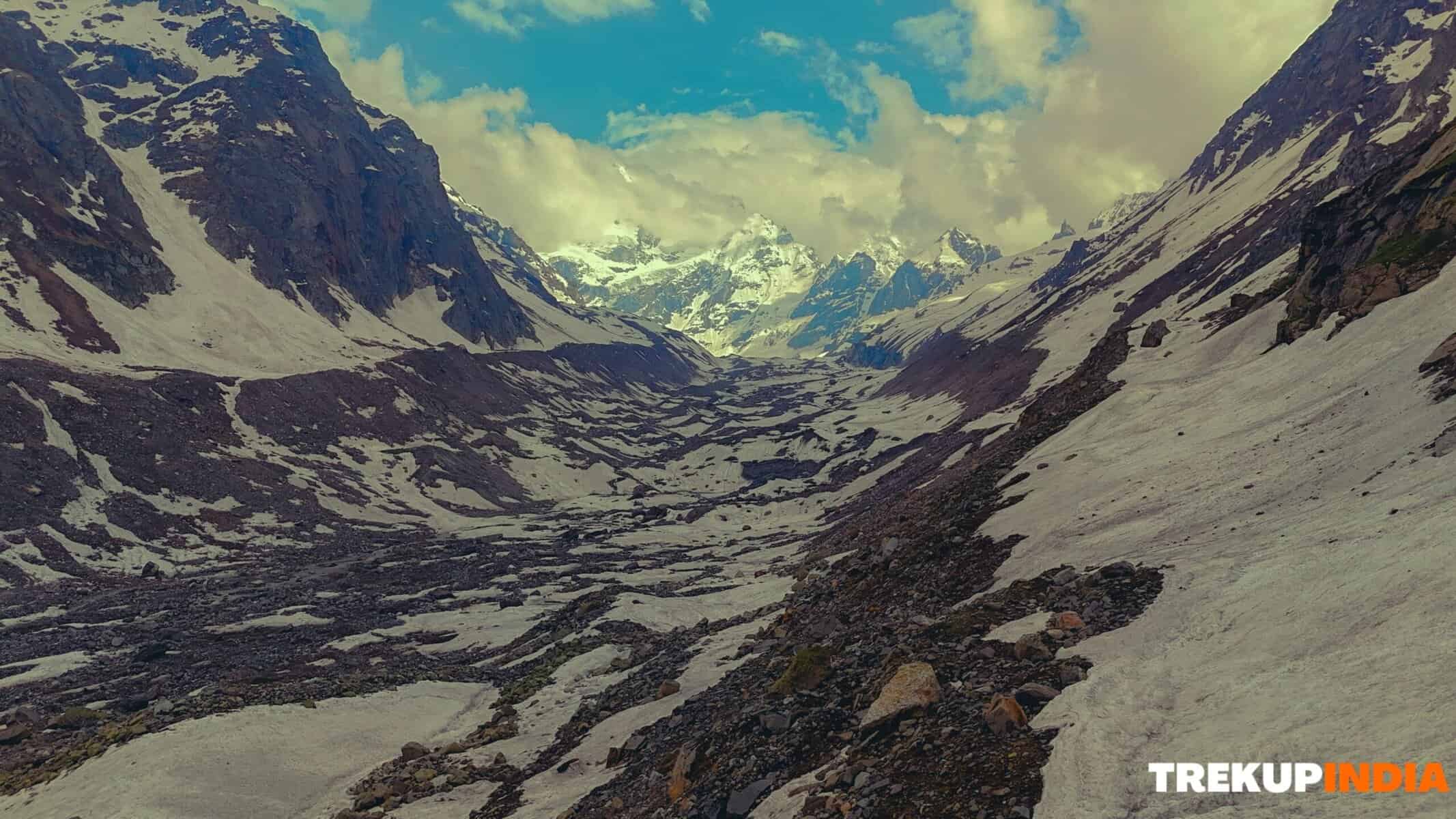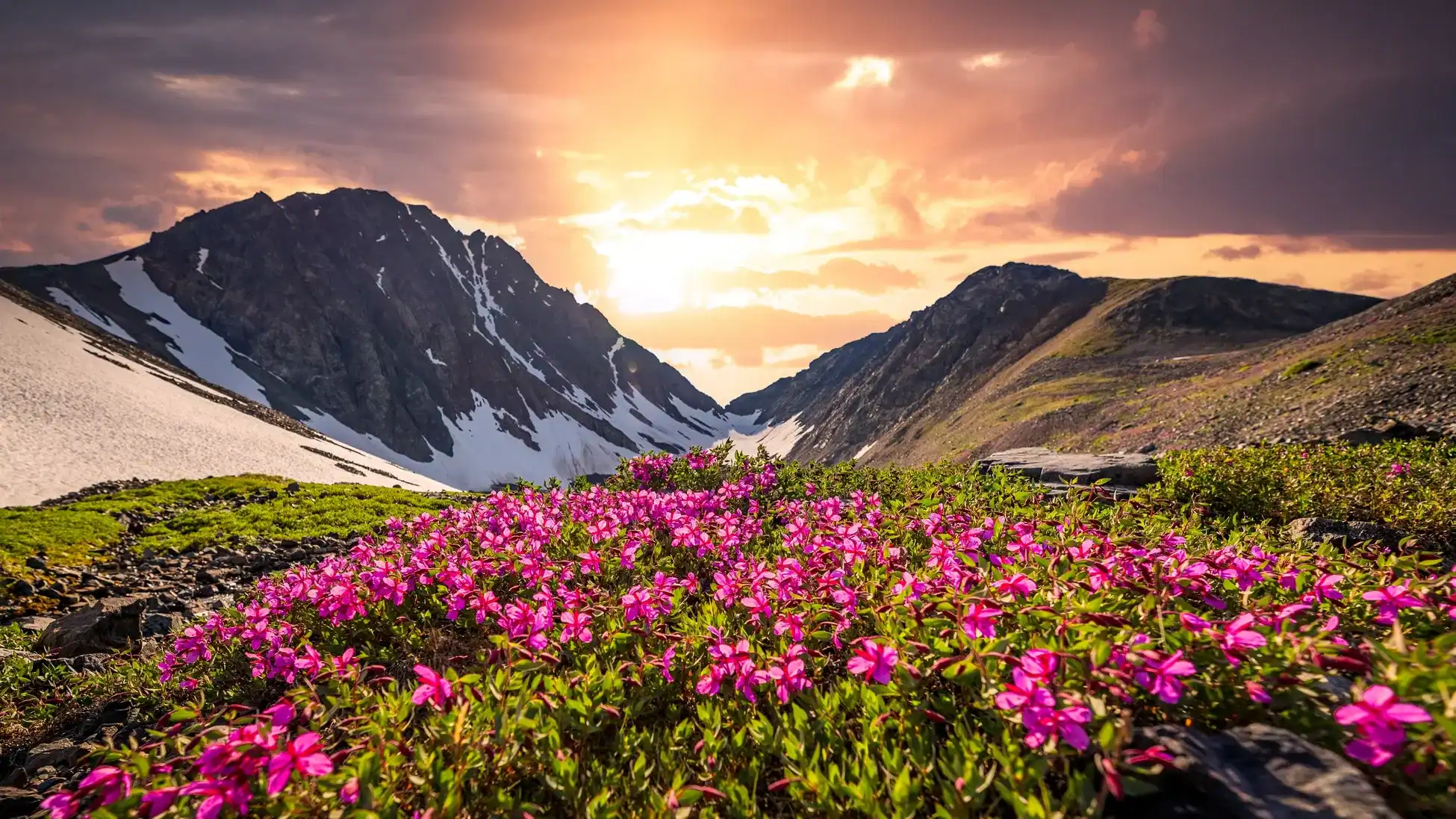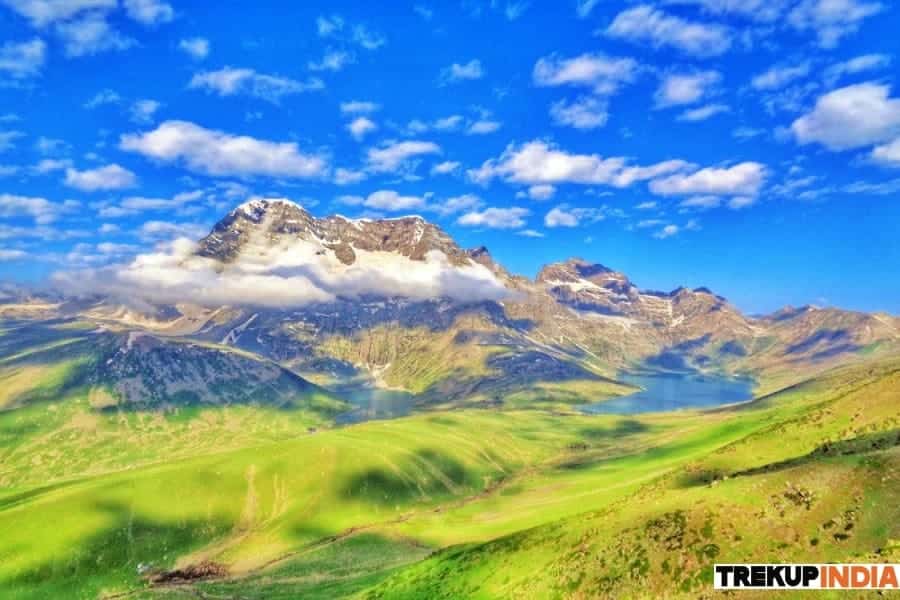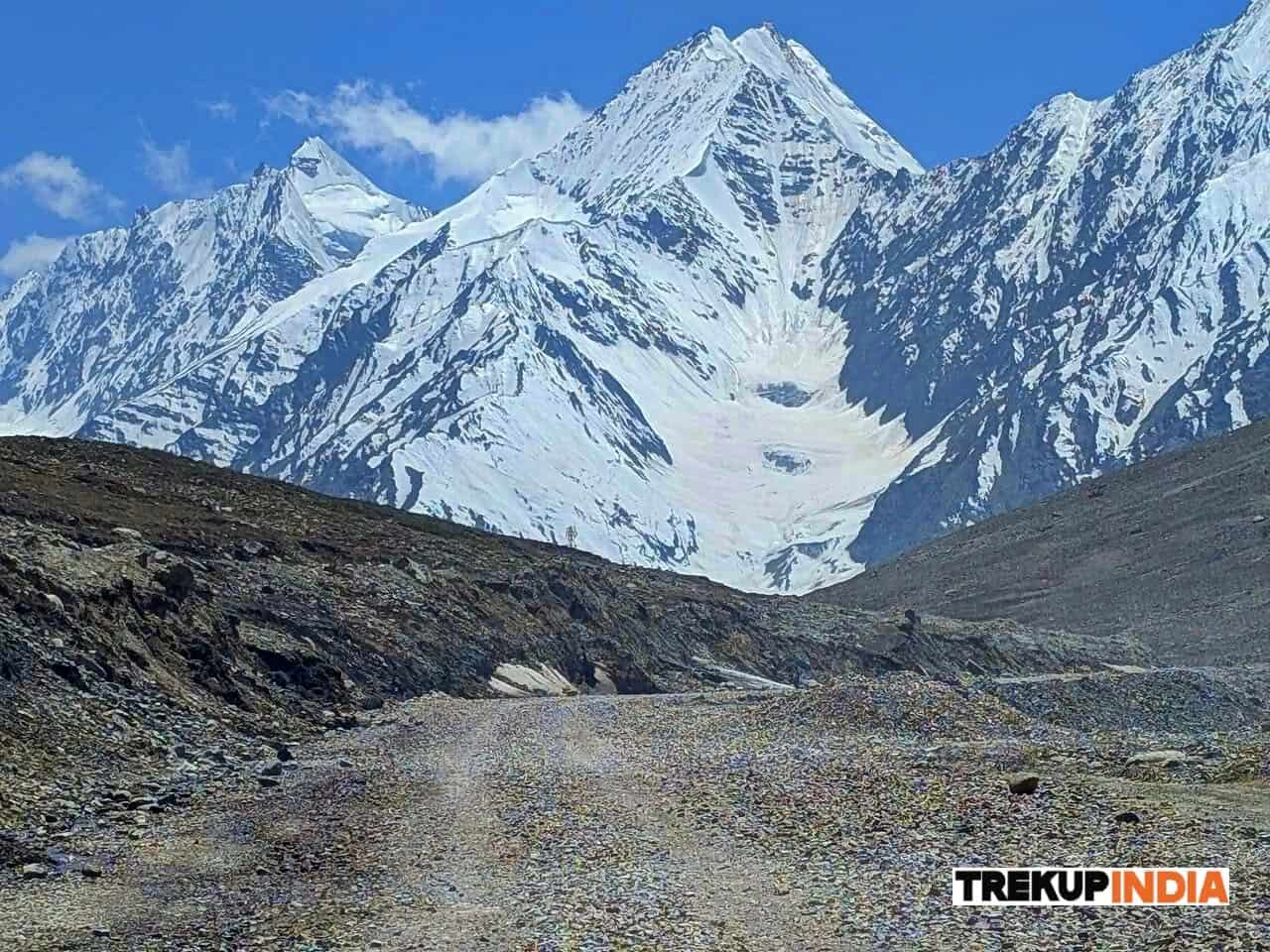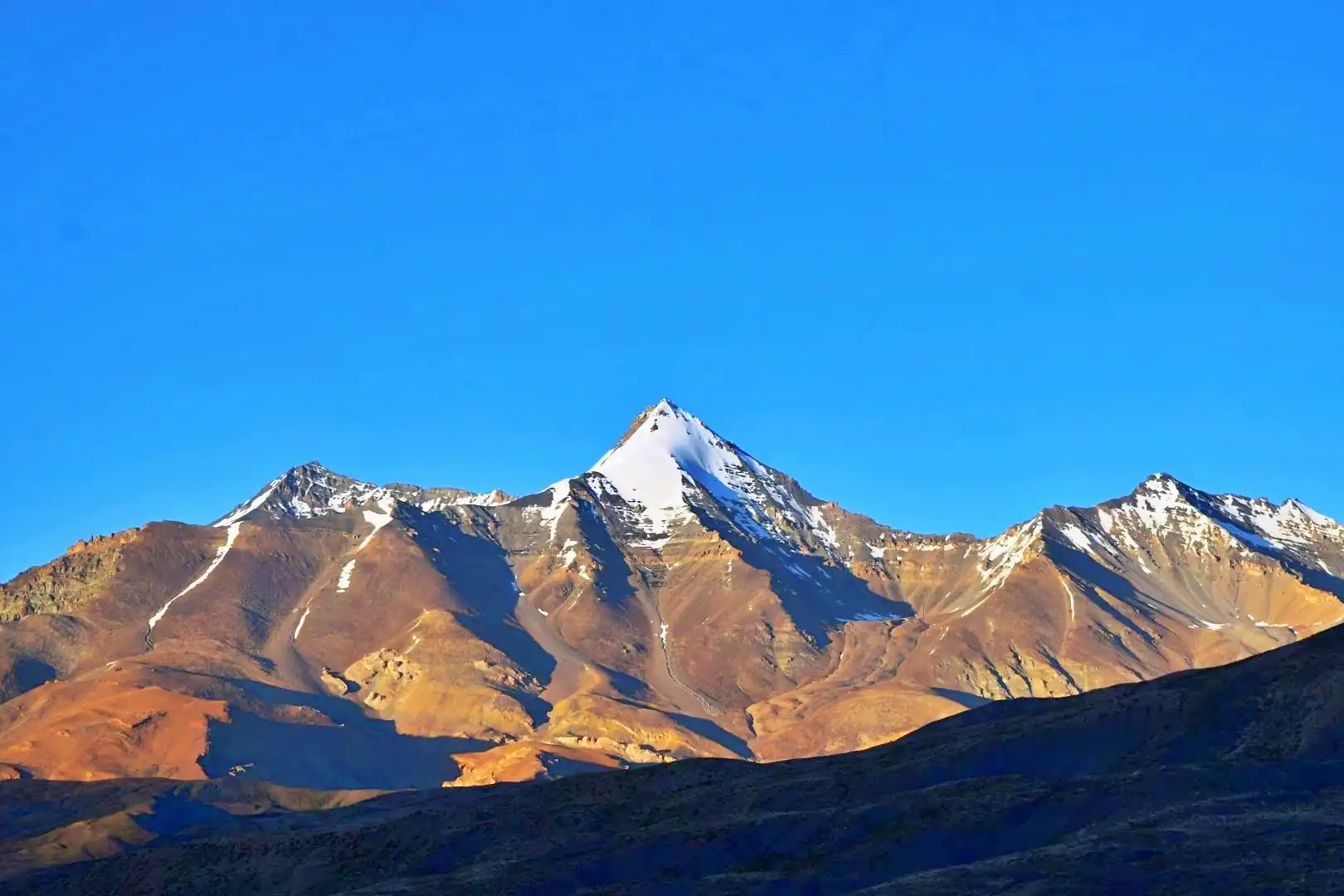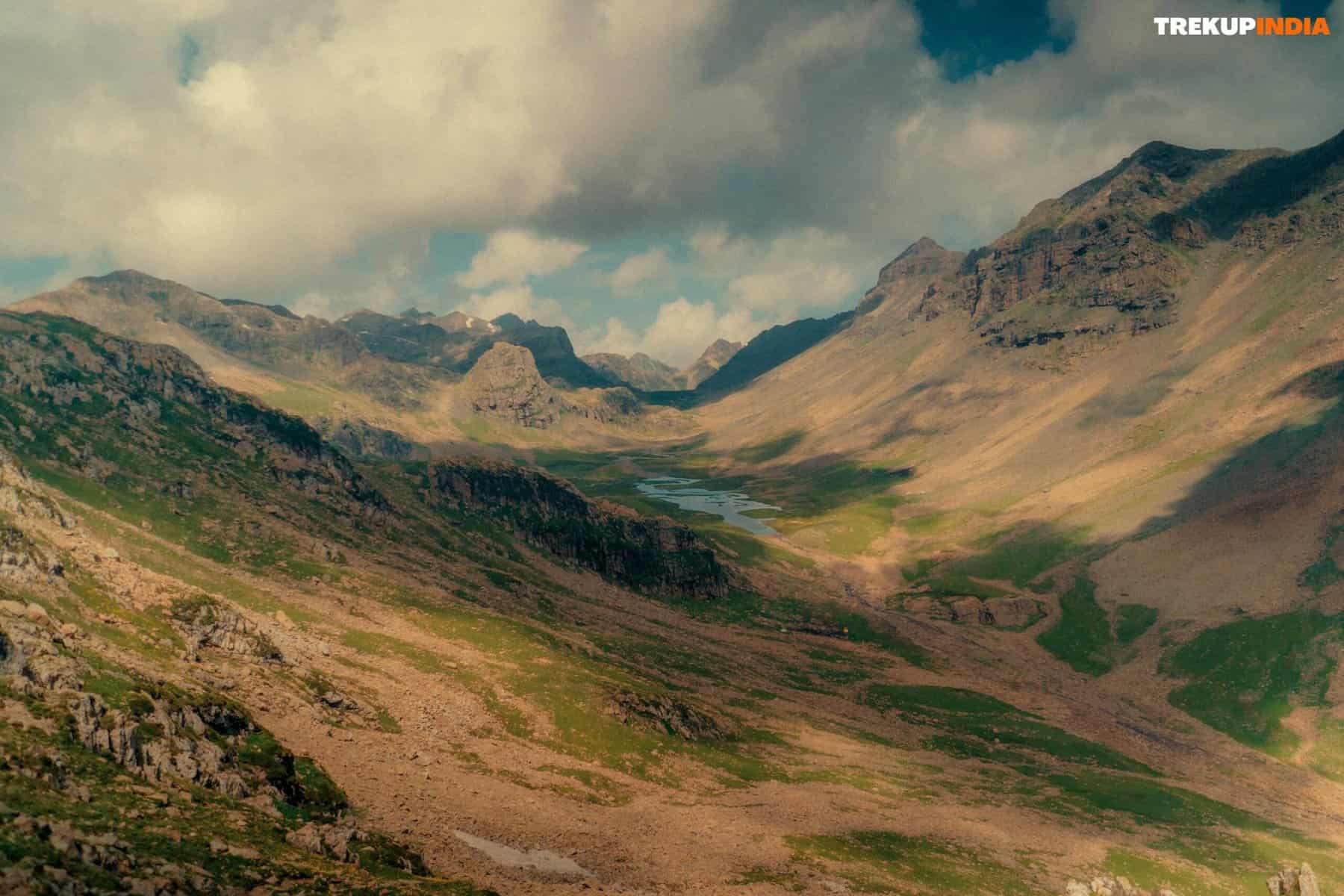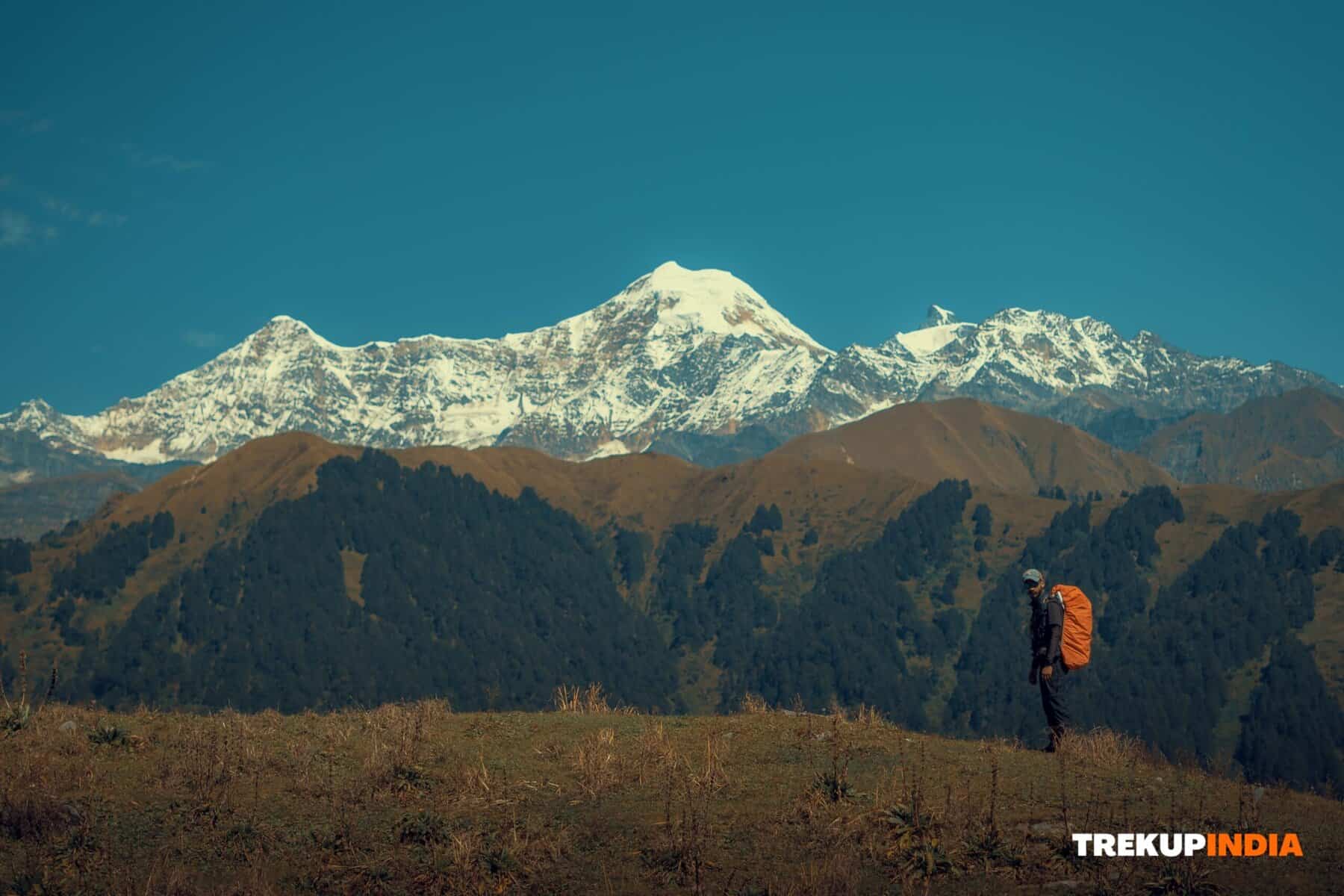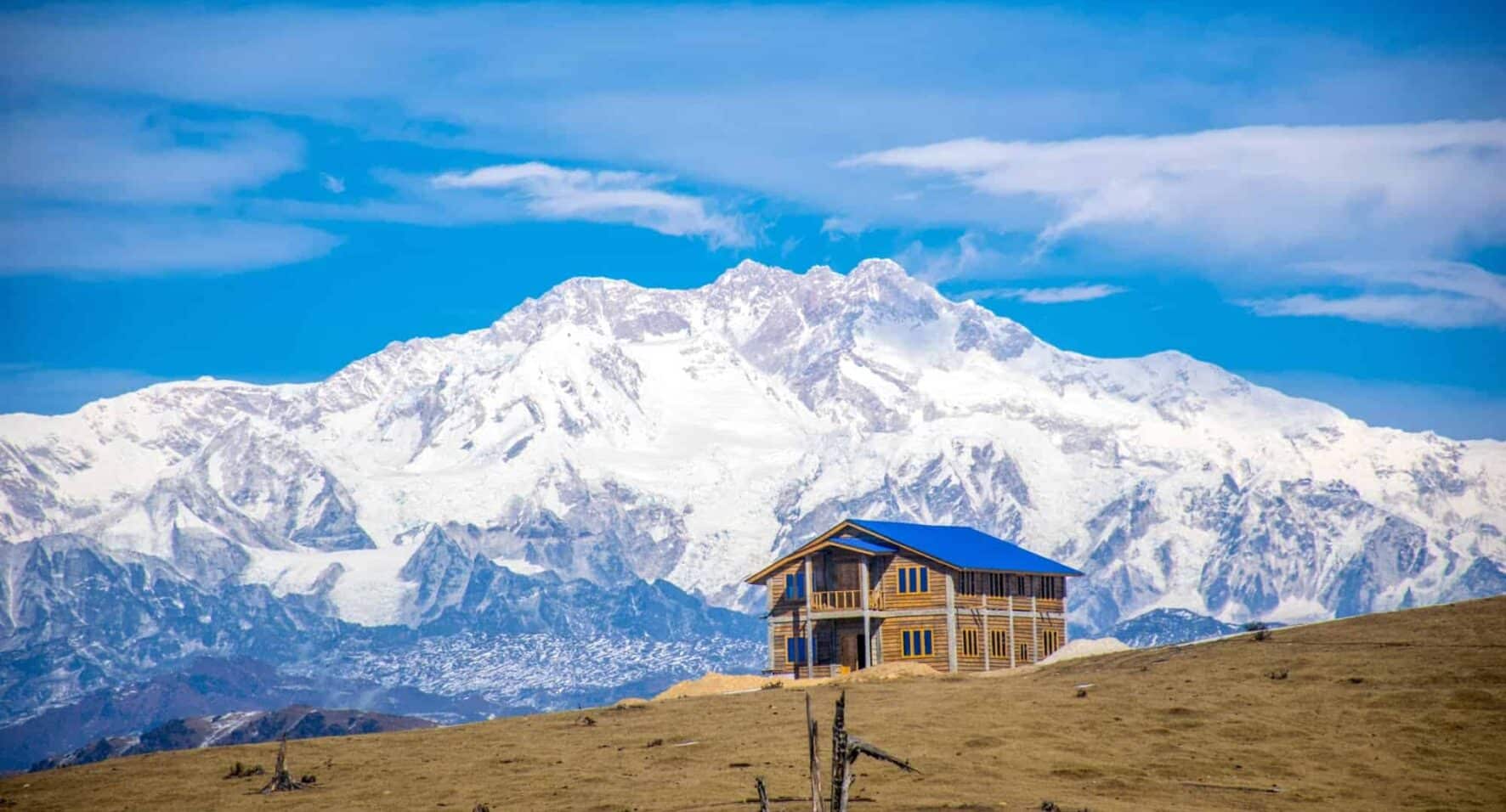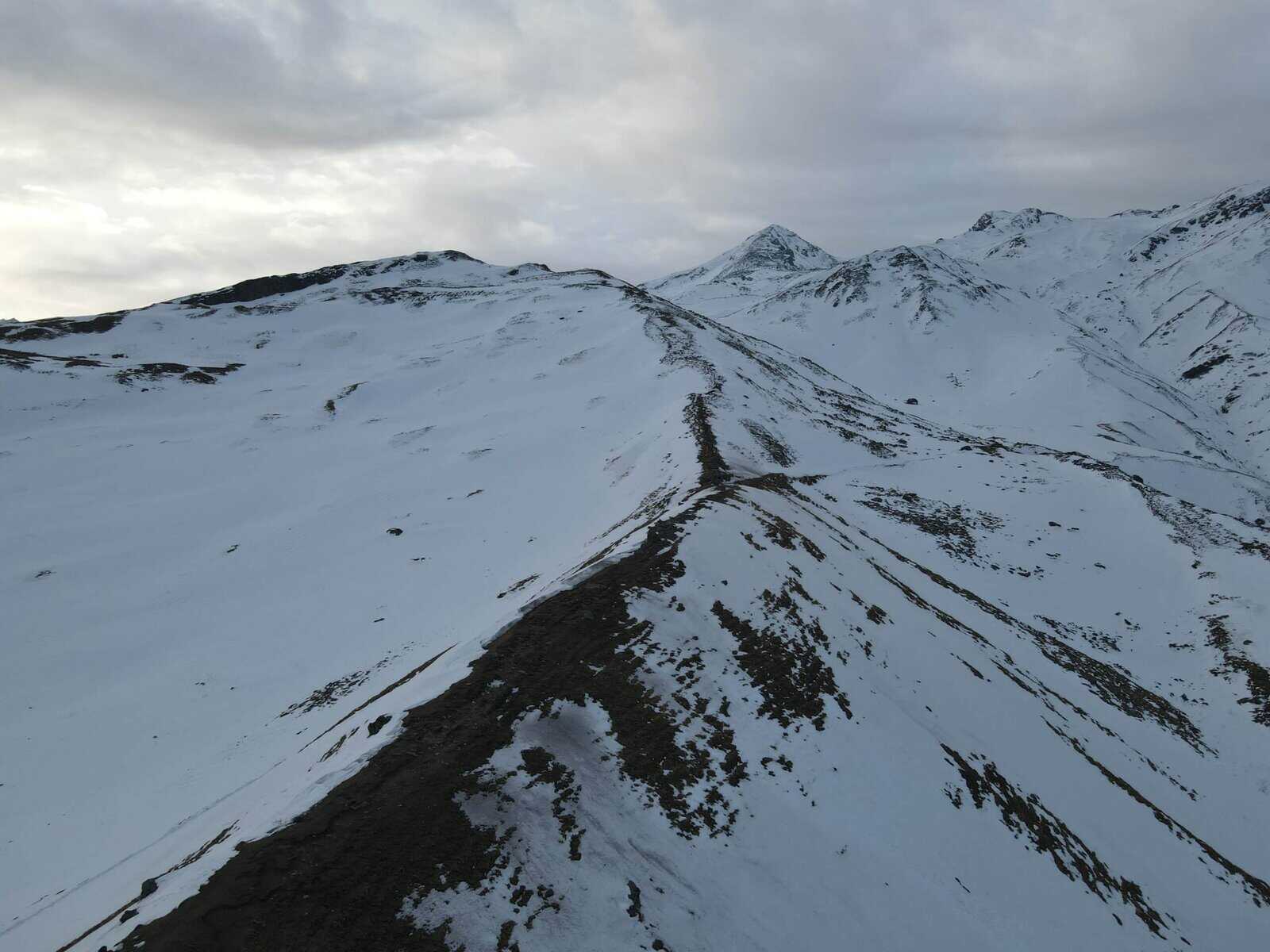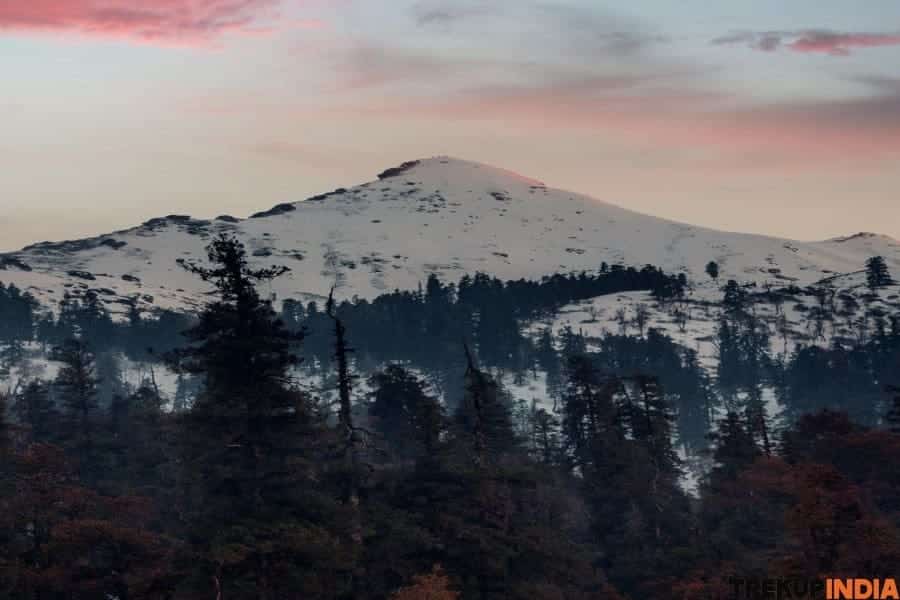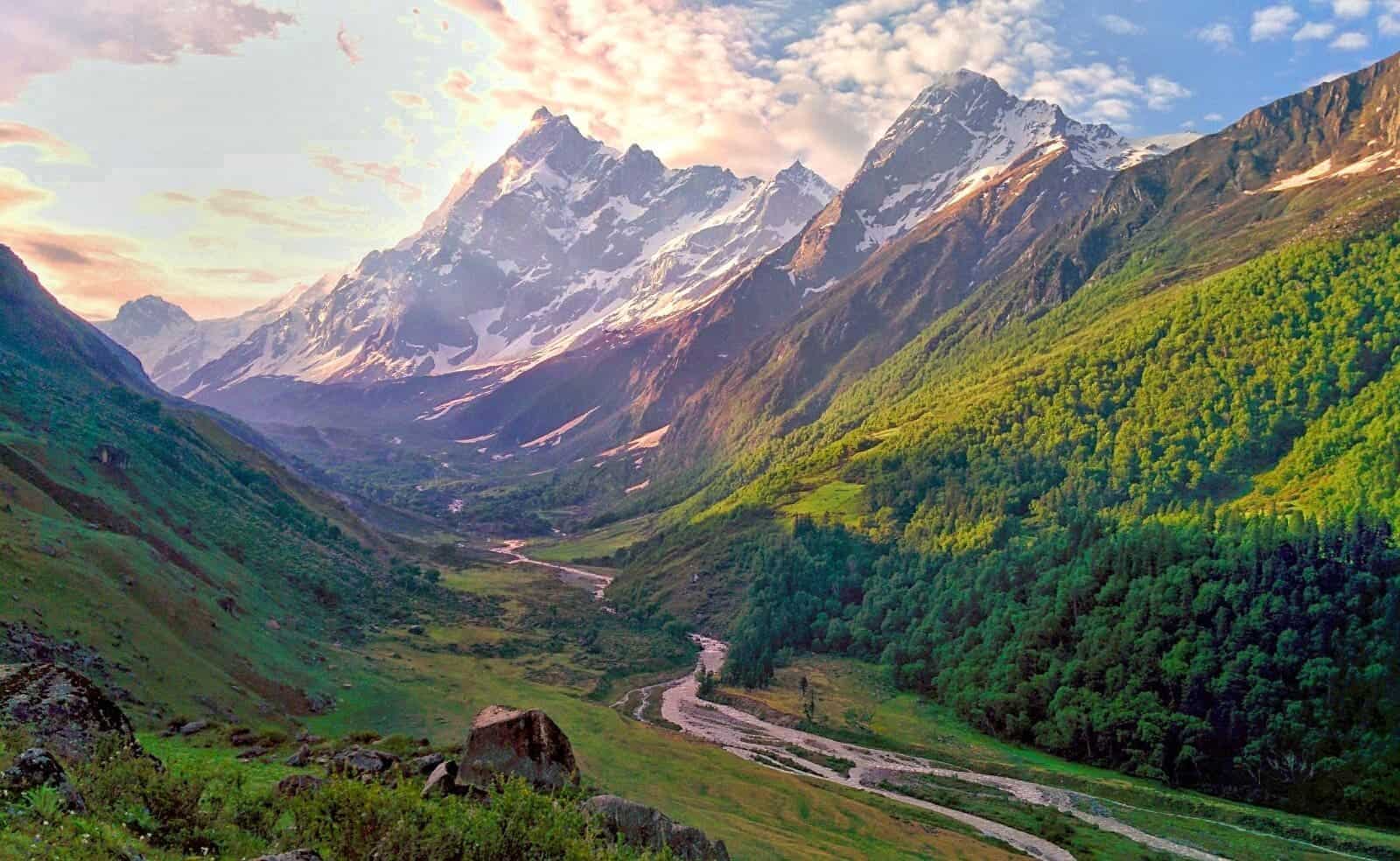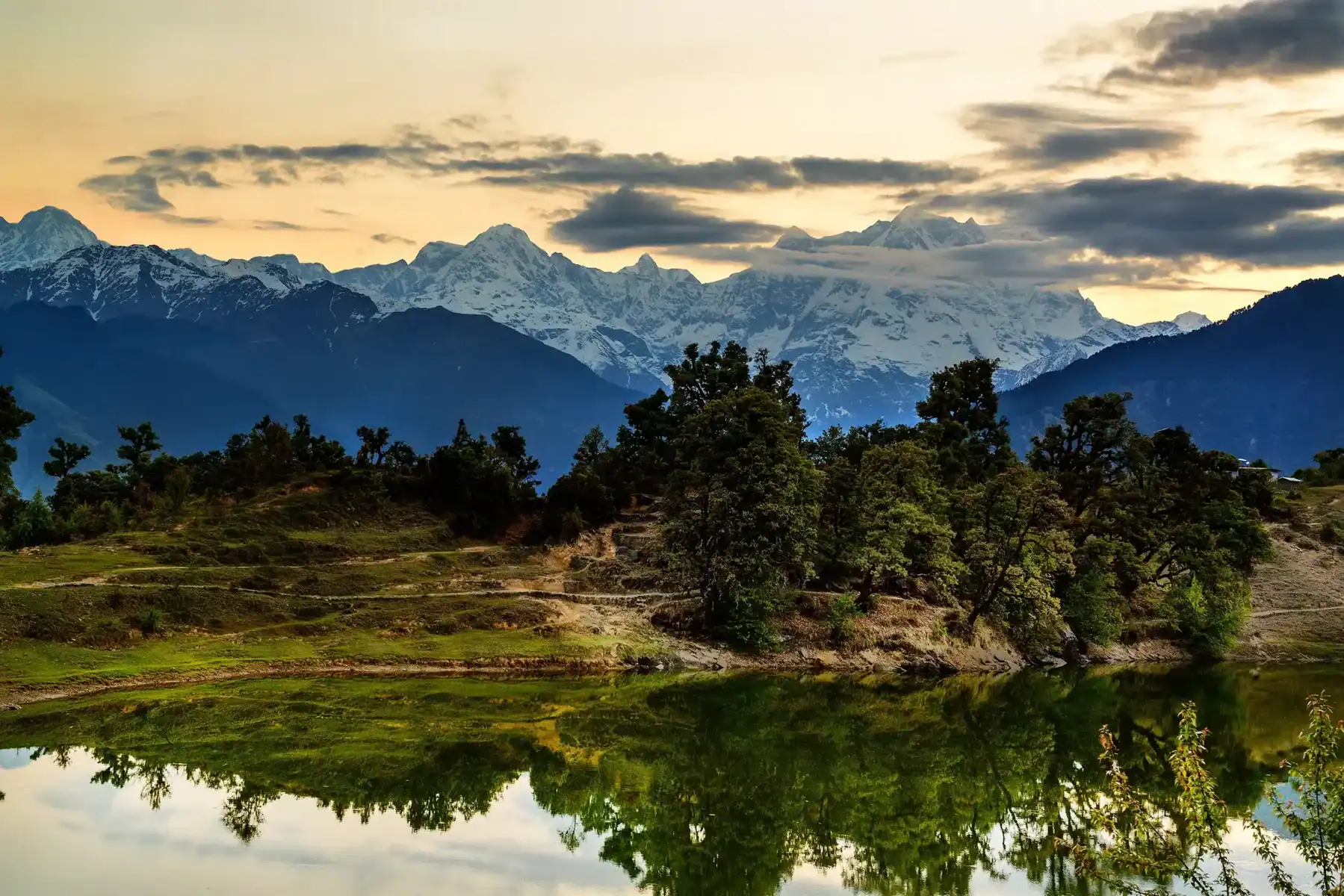Common Post-Trek Issues and How to Overcome Them | Post-Hike Recovery Tips
Whenever I go on a high-altitude Himalayan trek, it is an absolutely surreal experience, but once I come back, I often find myself dealing with several issues like soreness, fatigue, and numb toes. Over the years, we at Trekup India have noticed that it’s not just me but a lot of people, especially beginners, who face these problems and often ask us how to recover from a trek. Therefore, I have prepared this guide talking about the best recovery practices after trekking, some post-hike recovery tips, and how to reduce fatigue on treks.
Common Problems encountered by Trekkers after returning from a Trek
1. Numbness and Swelling of Toes and Feet
Perhaps the most frequent post-trek problem encountered by trekkers is numb or swollen toes. If your toes are limp or puffy following a trek, fear not, it’s sometimes a natural reaction to vigorous physical exertion the body is subjected to during the trek.
Why does it occur?
Numbness can occur due to several reasons. When you descend from steep and rocky inclines, again and again, your toes repeatedly strike in front of your shoes, damaging sensory nerves. This causes numbness in your toes and can even be accompanied by severe pain and blisters.
Moreover, after 2-3 days of continuous hiking, sometimes your feet tend to swell naturally. When this occurs, your shoes tighten, increasing pressure on your toes and aggravating the issue. For the majority of trekkers, this persists for about 10-15 days.
Treatment
- Hot and Cold Therapy: Alternate between warm and cold water soaking to enhance blood flow and accelerate nerve recovery.
- Rest and Elevation: Elevate your feet to minimize swelling.
- Massage: Slightly massaging your toes will help regain the feeling and soothe pain.
How can swelling and numbness be prevented?
We always tell trekkers that the best way to prevent leg pain after trekking is by selecting the right trekking shoes before the trek. Ideally, you should pick shoes that are one size bigger than your regular shoe size. This ensures that your toes have enough space and do not get hurt when you descend. You should also make sure that the trekking shoes you choose have proper ankle support, as this can prevent several potential injuries.
Another best practice is to descend properly. Descending poorly exerts extra pressure on your toes. Try bending your knees a little bit, taking careful steps, and employing trekking poles to distribute the weight more evenly on your feet.
2. Intense Body Pain and Fatigue
Feeling sore all over after a trek? This is probably your body’s response to the prolonged physical activity it is subjected to during the trek.
Why it happens?
Trekking in high-altitude terrains is often hard on the body. We use most of our muscle groups at the same time while hiking, and this tends to put pressure on the legs, back, shoulders, and even the arms. Mountain conditions and physical activity over several hours put more strain on the body. This typically lasts for about 4-5 days, depending on your fitness levels.
Treatment
- Rest Up: Your body requires time to recover from a long hike. Overexerting yourself too early can result in injury or lingering soreness. After finishing a trek and reaching the base camp, allow your body to rest for at least a day before taking part in any strenuous activity.
- Pay Attention to Your Body’s Needs: If you’re extremely tired or experiencing pain, give yourself additional recovery time, don’t feel guilty for not being very productive and take time to adjust to your everyday life.
- Stay Hydrated to Accelerate Recovery: Long walks cause dehydration, which may lead to muscle cramps, dizziness, and general lethargy. Hydration after long hikes especially in higher altitudes is essential.
- Electrolyte Replacement: Consume water with added electrolytes to replace lost sweat minerals.
- Coconut Water & Herbal Teas: Natural hydrators that also deliver necessary nutrients to aid recovery.
- Don’t Drink Excess Caffeine & Alcohol: These can further dehydrate your body, hindering healing.
- Lessen Fatigue with Adequate Sleep & Muscle Recovery: Tired muscles and fatigue are unavoidable after trekking, but adopting the right recovery techniques can hasten your relief.
- Sleep Properly: Try for 7-9 hours of good sleep each night since during deep rest, your muscles get repaired and built up.
- Stretching & Yoga: Gentle stretching, particularly in your legs, back, and shoulders, will help loosen the stiffness and increase flexibility.
- Foam Rolling & Massage: A foam roller or a gentle massage can relieve muscle tension and enhance recovery.
How can fatigue be prevented?
Although fatigue and body pain is something that is unavoidable after a high-altitude trek, there are things you can do to ensure that it is minimum and you don’t feel too exhausted. Over the years, we have noticed that fitness level plays a crucial role when it comes to the amount of body pain and fatigue one experiences. It is advisable to work on your fitness at least one month before the trek. This ensures that your muscles are in good shape to take the toll of the trek and you don’t feel excessive fatigue.
3. Trek Fever
Following a long trek, some individuals develop mild fever, body pain, and fatigue, this condition is popularly known as trek fever. It is not really an illness but a reaction of the body to excessive exertion, dehydration, and changes in altitude. Though generally harmless, it can be uncomfortable and will slow down recuperation.
Why Does Trek Fever Happen?
Trek fever is essentially brought about by physical fatigue, dehydration, and changes in altitude. The leading causes of trek fever are:
Overexertion: Long periods of walking, particularly at high altitudes, result in microtears in muscles, which result in inflammation and a slight increase in body temperature.
Dehydration: Inadequate intake of fluids leads to electrolyte imbalance, which makes it more difficult for the body to control temperature.
Temperature Changes: Traveling through various altitudes and different kinds of weather can test the immune system, with occasional mild fever-like symptoms.
Altitude Illness: In higher altitudes, lower oxygen levels can result in headaches, dizziness, nausea, and even fever in some instances.
Treatment
If you come down with trek fever, don’t panic, most of the time, it’s temporary and goes away in a day or two with due care. This is how you can recover faster:
- Hydrate Well: Drink lots of water with electrolytes to rehydrate and get mineral balance.
- Rest Adequately: Sleep and relaxation are critical for your body to heal.
- Try a Cold Compress: Soak a washcloth in ice water or simply take a tepid shower, which can level out body temperatures.
- Munch Healthy Foods: Have light, healthy foods containing protein, vitamins, and carbohydrates to restore energy levels.
- Use Painkillers If Necessary: Paracetamol is an over-the-counter painkiller that can alleviate body pains and fever if needed.
How can trek fever be prevented?
You can lower the risk of developing trek fever by conditioning your body prior to, during, and after the trek. Do these steps to prevent it:
- Stay Hydrated: Drink water regularly and have fluids with a high content of electrolytes to avoid dehydration.
- Maintain a Balanced Diet: Eat healthy food both prior to and while on the trek to have a strong immune system.
- Pre-Trek Training: Develop stamina through frequent cardio, strength training, and leg workouts to minimize physical stress.
- Acclimatize to High Altitude: If trekking at higher altitudes, spend sufficient time adjusting to avoid altitude sickness.
- Layered Clothing: Sudden changes in weather can cause body stress, so dress in moisture-wicking and insulating clothing.
- Rest Properly: Get sufficient sleep prior to and after the hike to aid in recovery.
4. Knee Pain
Knee pain is probably the most common post-trek challenge regardless of whether you’re an experienced trekker or a first-timer. In our groups, we have often noticed that older people who already have pre-existing knee conditions often suffer from severe knee pain after a trek. Your knees get thrashed, after all, and especially on long downhills. A bit of soreness is inevitable, but chronic pain can impede recovery.
Why does it occur?
Long Descents have a Heavy Impact: Walking downhill makes your knees absorb several times your body weight, which causes pain and swelling. Here your knees act as shock absorbers and bear tremendous pressure.
Weak Knee Ligaments & Muscles: If the muscles surrounding your knees are not strong enough, they don’t properly support the joint, causing strain.
Improper Technique: Walking with locked knees, taking long strides, or moving too fast downhill puts unnecessary stress on your joints.
Pre-Existing Knee Issues: If you’ve had knee injuries before, a trek can flare up old problems, causing discomfort or even lasting pain.
Treatment
If your knees are hurting post-trek, don’t push through the pain, your body needs time and care to recover. Here’s what can help speed up the healing:
- Rest & Ice: Have your knee in a raised position and use an ice pack for 15-20 minutes a few hours at a time to minimize swelling.
- Gentle Stretches & Exercises: After pain has decreased, perform gentle knee-strengthening exercises (such as leg raises and seated knee extensions) to enhance flexibility and support.
- Pain Relief If Needed: If there is ongoing pain, anti-inflammatory medication such as ibuprofen may be taken.
- Compression & Support: A knee sleeve or brace may help give your knee a little extra support during healing.
How can Knee Pain be prevented?
Prevention is far, far better than suffering later on. If you prepare well ahead, your knees will be thanking you.
- Strengthen Your Knees Ahead of the Trek: Do squats, lunges, step-ups, and calf raises at least a month prior to creating strength and stability.
- Trekking Poles: These are lifesavers! Poles enable you to evenly distribute your weight, relieving pressure on your knees, particularly on the downhill.
- Master Your Descending Technique: Walk slowly, shorten your stride, and lean forward slightly to minimize impact.
- Use a Knee Brace If Necessary: If you experience knee pain, a supportive brace can maintain the stability of your knees.
- Select the Appropriate Footwear: Proper trekking shoes with cushioning and ankle support can absorb shock and avoid knee strain.
Final Thoughts
Trekking is a wonderful experience, but what comes after the trek is equally essential as the journey itself. Treating recovery as much as rehydration and relaxation of muscles to avoiding knee aches and managing trek fever with priority ensures your body recovers rapidly and remains prepared for other challenges ahead.
Listen to your body, take care of it, and prepare in advance for your next trek. Whether it’s building up your knees, honing your descent skills, or maintaining hydration levels, small actions can make a huge impact. Trekking should make you feel complete, not crippled; so rest smart, and you’ll be back on the trails stronger than ever.
Here’s to many more pain-free, awe-inspiring adventures!
Frequently Asked Questions (FAQs)
How many days should I rest after a long hike?
It varies with the intensity of your hike and your physical fitness. In general, 1-3 days of adequate rest should suffice for most individuals. If you do feel very sore or tired, however, allow your body as much as a week to recover completely. Gentle movement such as walking or yoga can accelerate recovery without exhausting yourself.
How to get rid of body pain after trekking?
Post-trek body pain is preventable with a proper management method. Begin with good hydration and electrolyte repletion to forestall cramps and aches in muscles. Gentle stretches or yoga stretches are useful for dissolving stiffness, while foam rolls and massage treatments enhance blood circulation and alleviate pressure in the muscles. Relax tight muscles through soaking in a warm bath using Epsom salts, and relieve inflammation using ice packs. Finally, ensure quality sleep, as this is vital for muscle repair and general energy replenishment.
What to eat after a trek?
Proper refuelling after a hike enables your body to recover quickly.
Concentrate on protein food such as eggs, lentils, tofu, chicken, and nuts to heal muscle damage, while whole grains, rice, fruits, and potatoes supply energy lost. Healthy fats from avocados, nuts, and seeds contribute to overall recovery, and coconut water, lemon water, and electrolyte mix supply lost minerals with electrolyte drinks. Moreover, anti-inflammatory foods such as turmeric milk, ginger tea, and berries will minimize muscle soreness. Having a good meal with a combination of all these nutrients makes your body bounce back stronger!
About Author

Preetam Singh Rawat (Founder)
The person behind this trekking organization is someone who’s spent over a decade – 12 years, to be exact – living and breathing the mountains. With multiple high altitude summits under his belt (we’re talking 6000 to 7000 meter peaks), he’s not just experienced – he’s the real deal.
But what really sets him apart is the sheer number of treks he has guided. He has led over 200 Himalayan expeditions, including well known routes like Bali Pass, Buran Ghati, Rupin Pass, Pin Bhabha, Stok Kangri, and Black Peak. Not just once, but multiple times. So yeah, when it comes to the Himalayas, he knows every twist in the trail and every story the mountains have to tell.
Got questions or want to get in touch? Write to Preetam at preetam@trekupindia.com. He’s always happy to chat about treks, answer your questions, or help you prepare for your next big adventure.
Share this article
Dates For Upcoming Treks
Want To Trek Like Pro?
Basically, watch these videos if you want to trek the same way professional trekkers do and make your skills better. These videos contain useful tips and techniques to further improve your trekking skills itself. These videos actually help both new and experienced trekkers improve their trekking skills. These videos definitely provide useful tips that make your trek better. We are seeing that these videos by Trekup India experts will only help you make your trekking skills better.
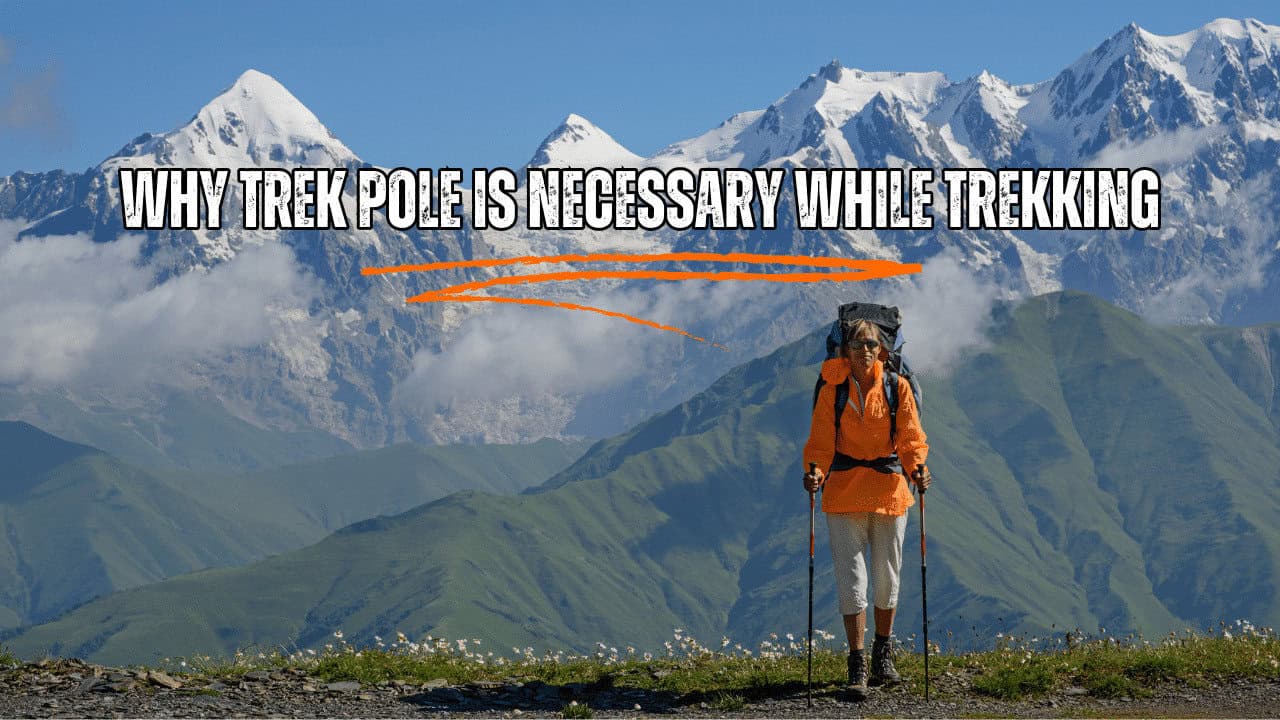
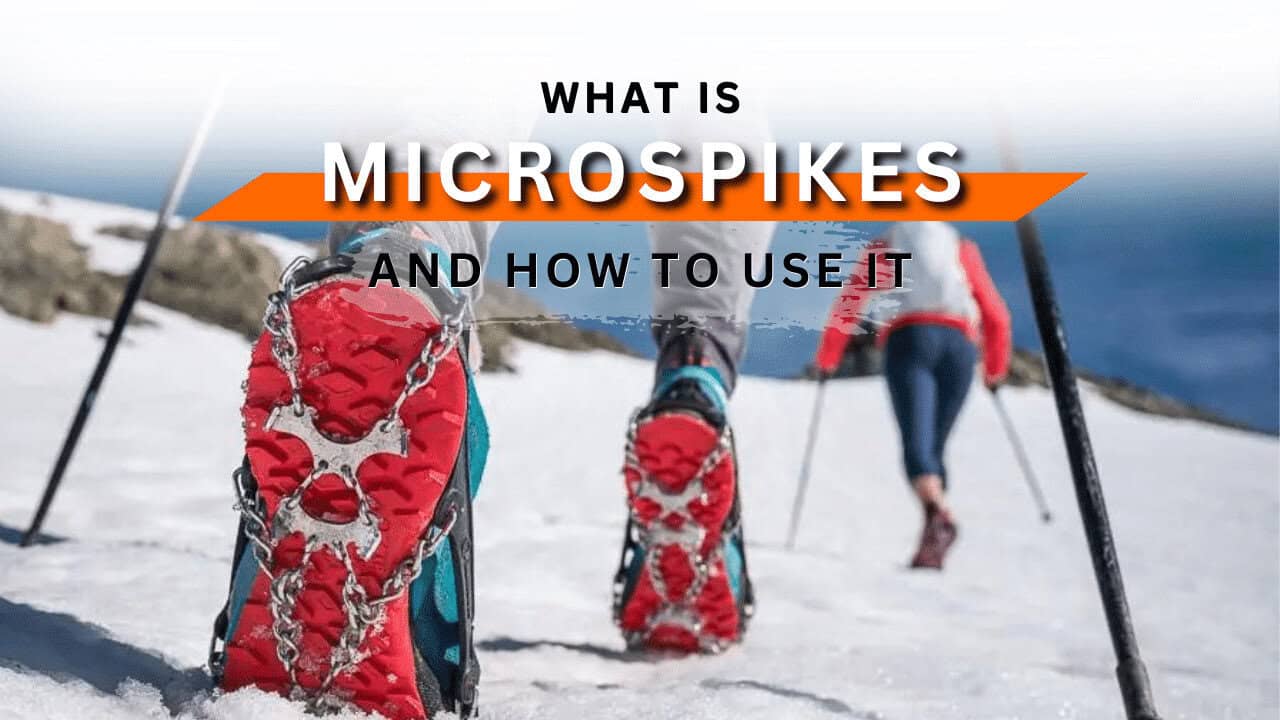

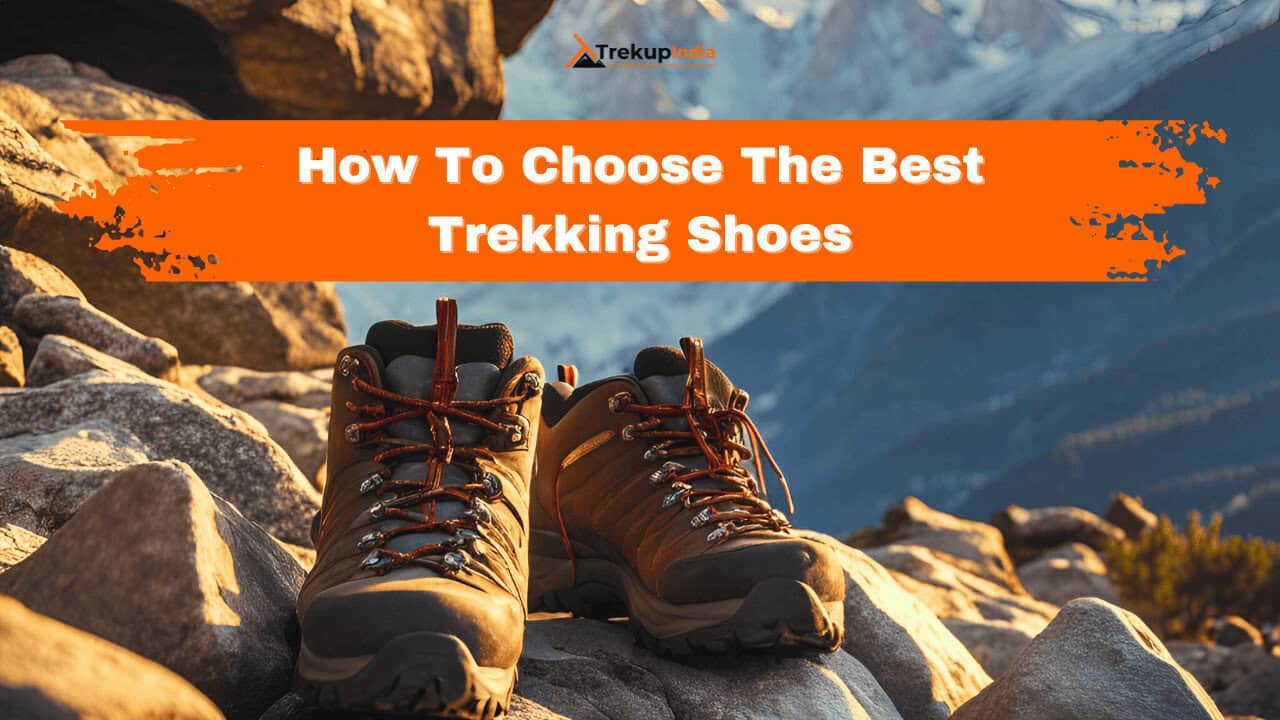
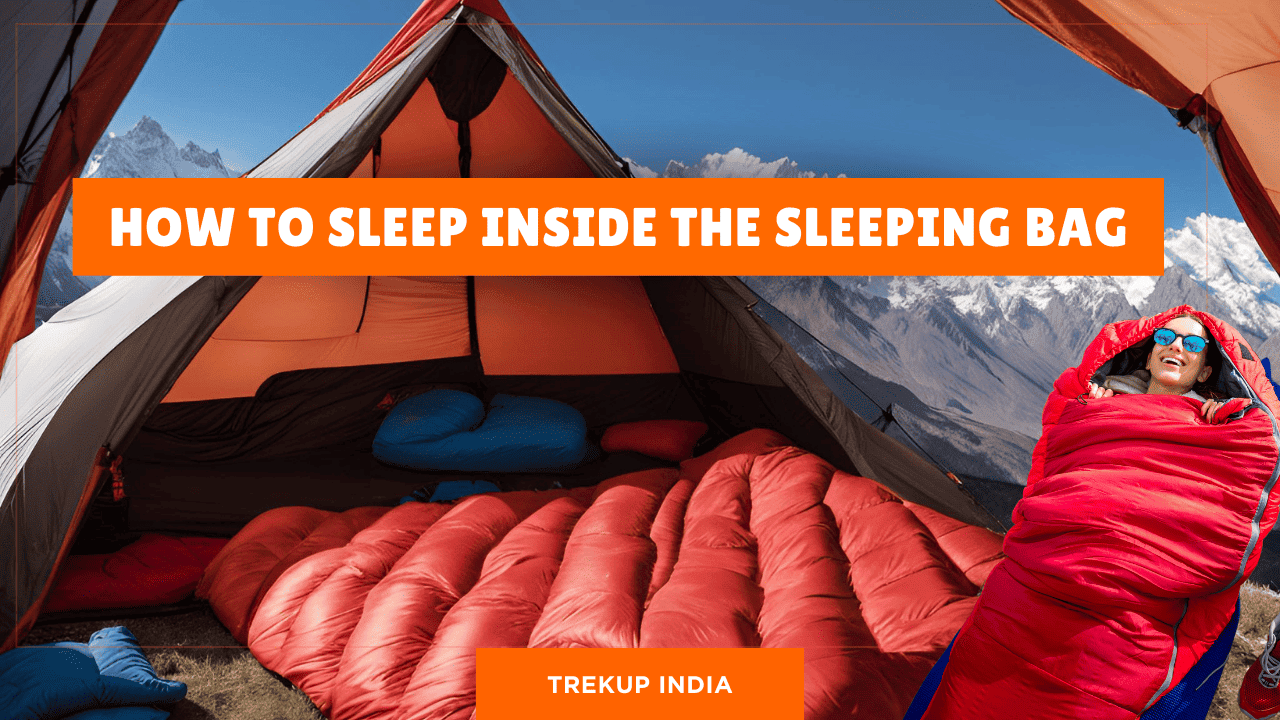
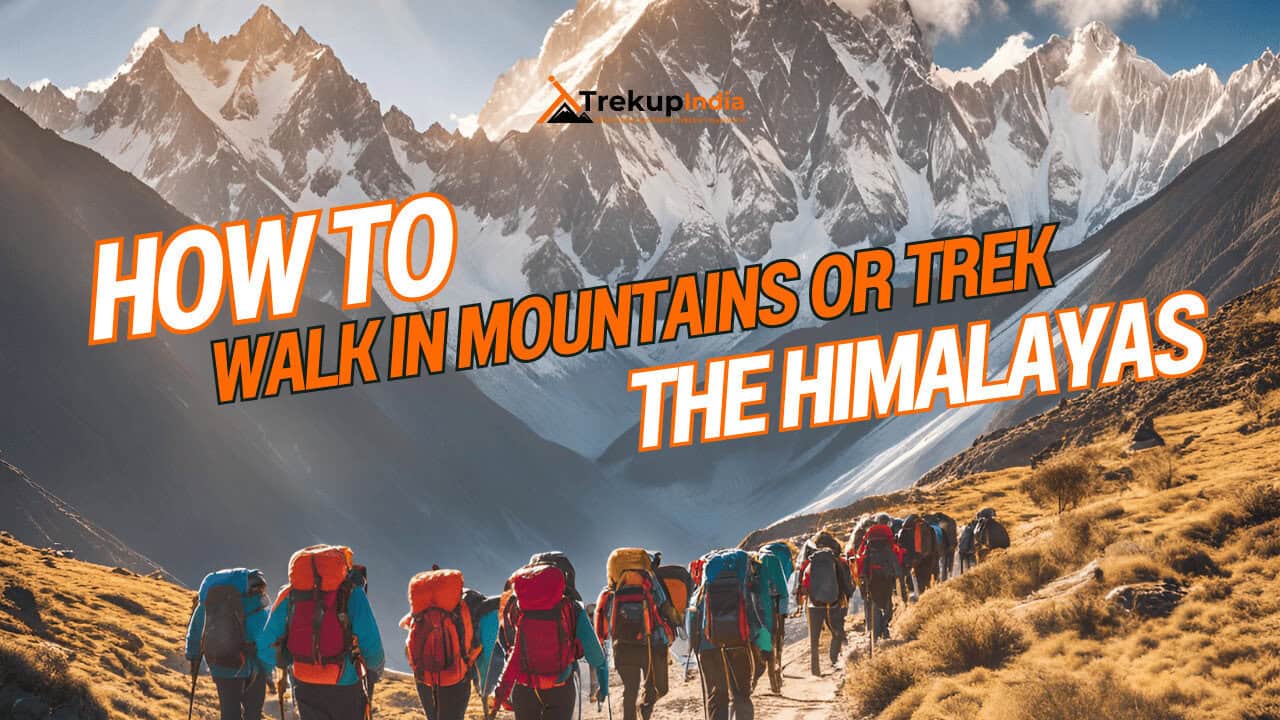
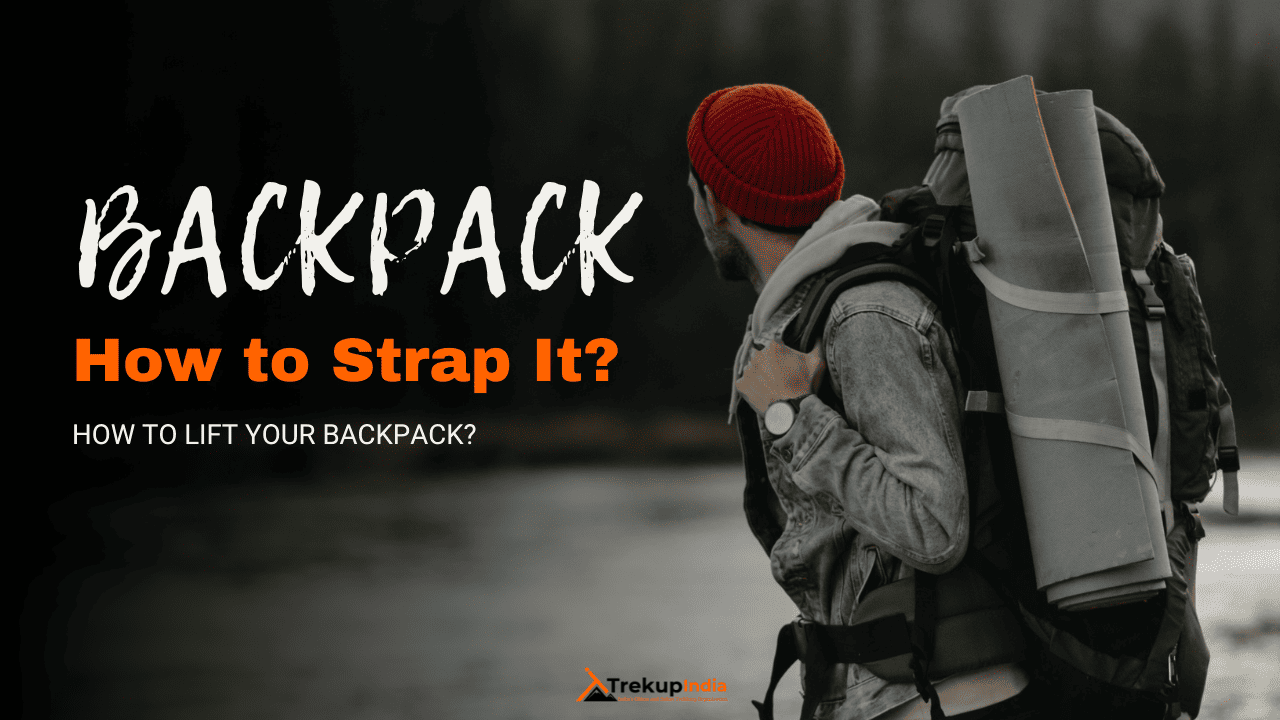
Know Everything About Acute Mountain Sickness
Acute Mountain Sickness occurs when people trek to high altitudes above 8,000 feet. This condition itself develops further due to reduced oxygen levels at such heights. Basically, as you go higher up, the air pressure and oxygen levels decrease, which causes the same problem. Acute Mountain Sickness surely causes headache, nausea, vomiting, and dizziness in affected persons. Moreover, peoples also experience difficulty in sleeping during this condition. To avoid mountain sickness, you should actually trek up slowly to higher altitudes. To learn further about this condition itself, watch the videos by Trekup India.
